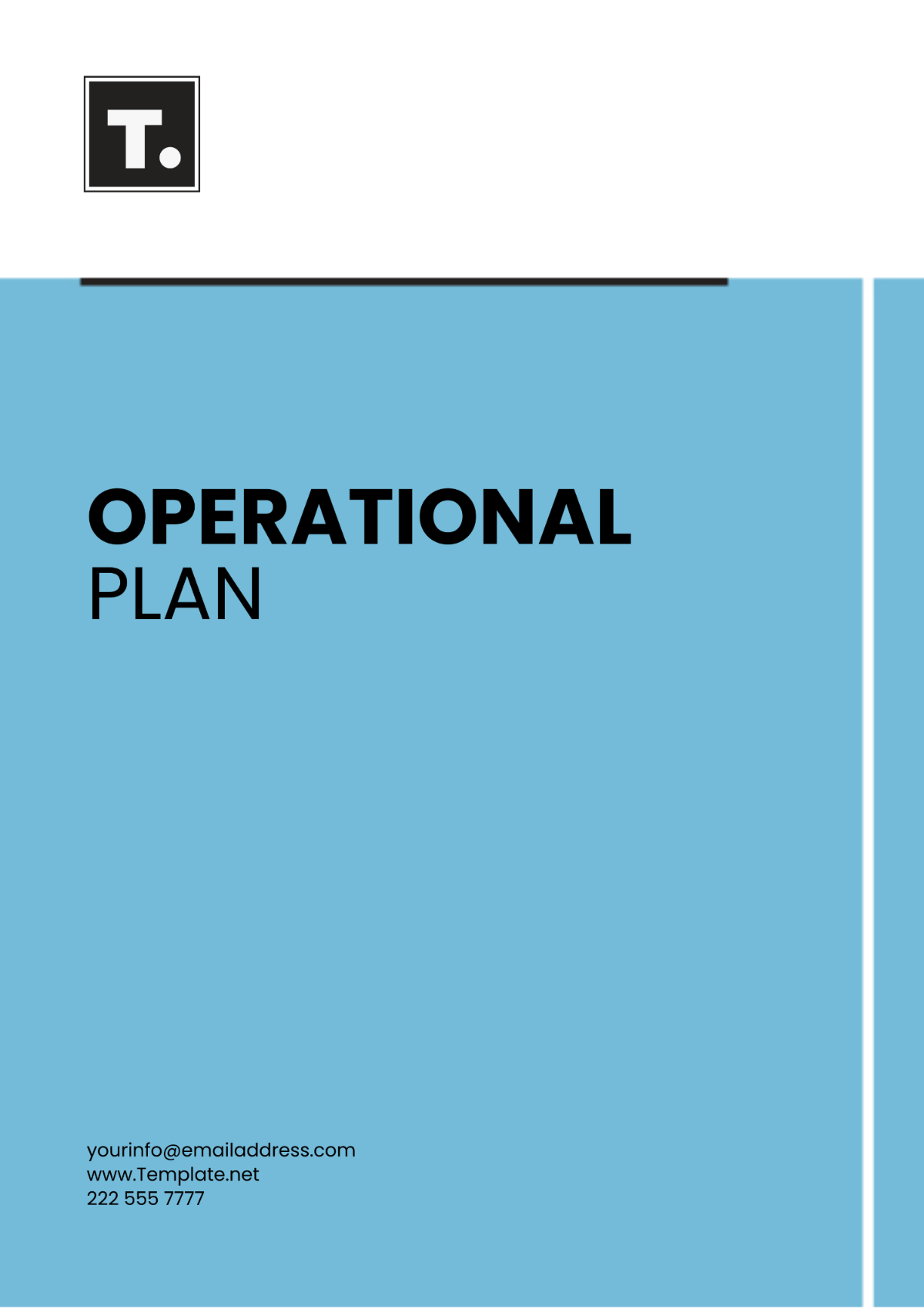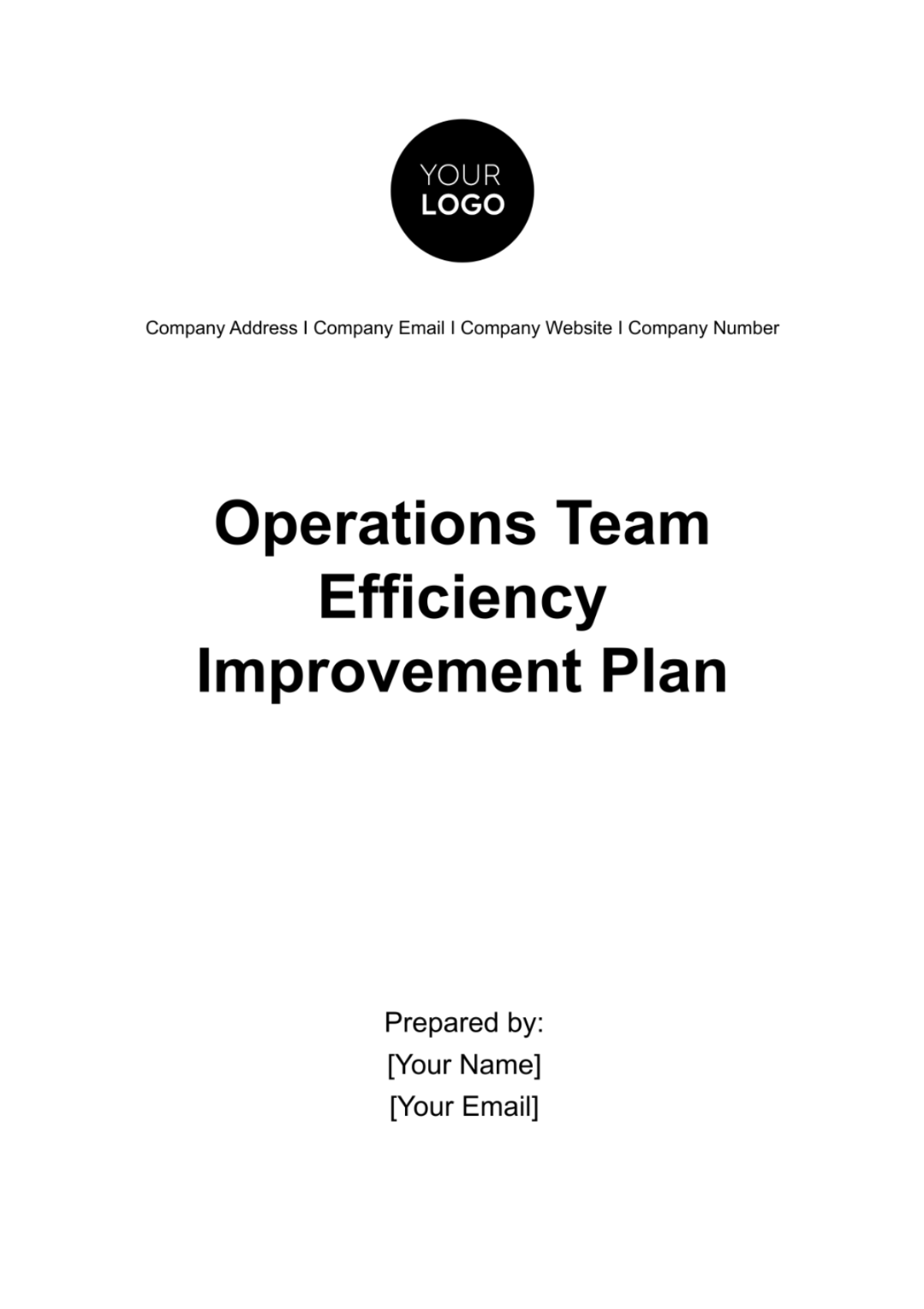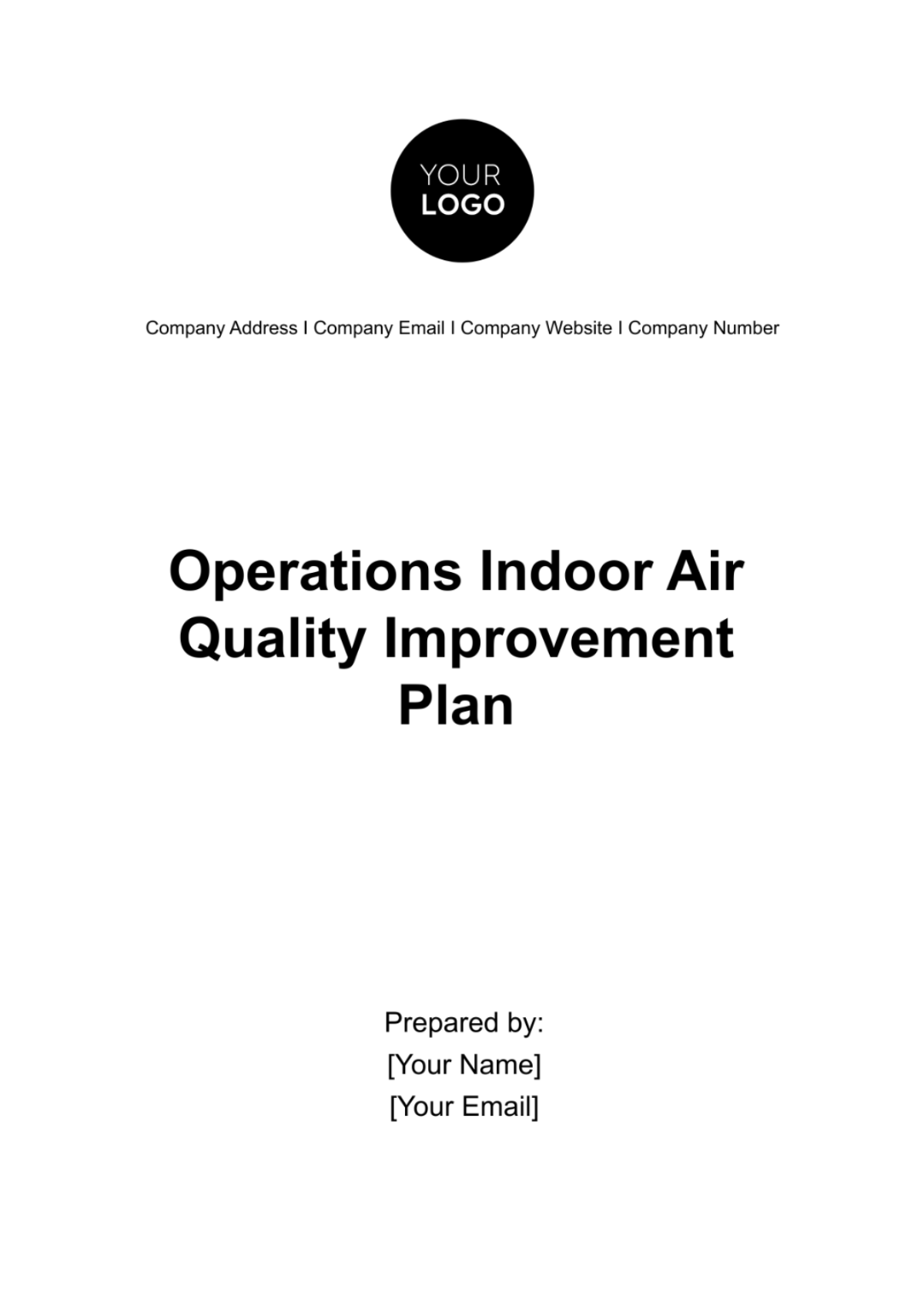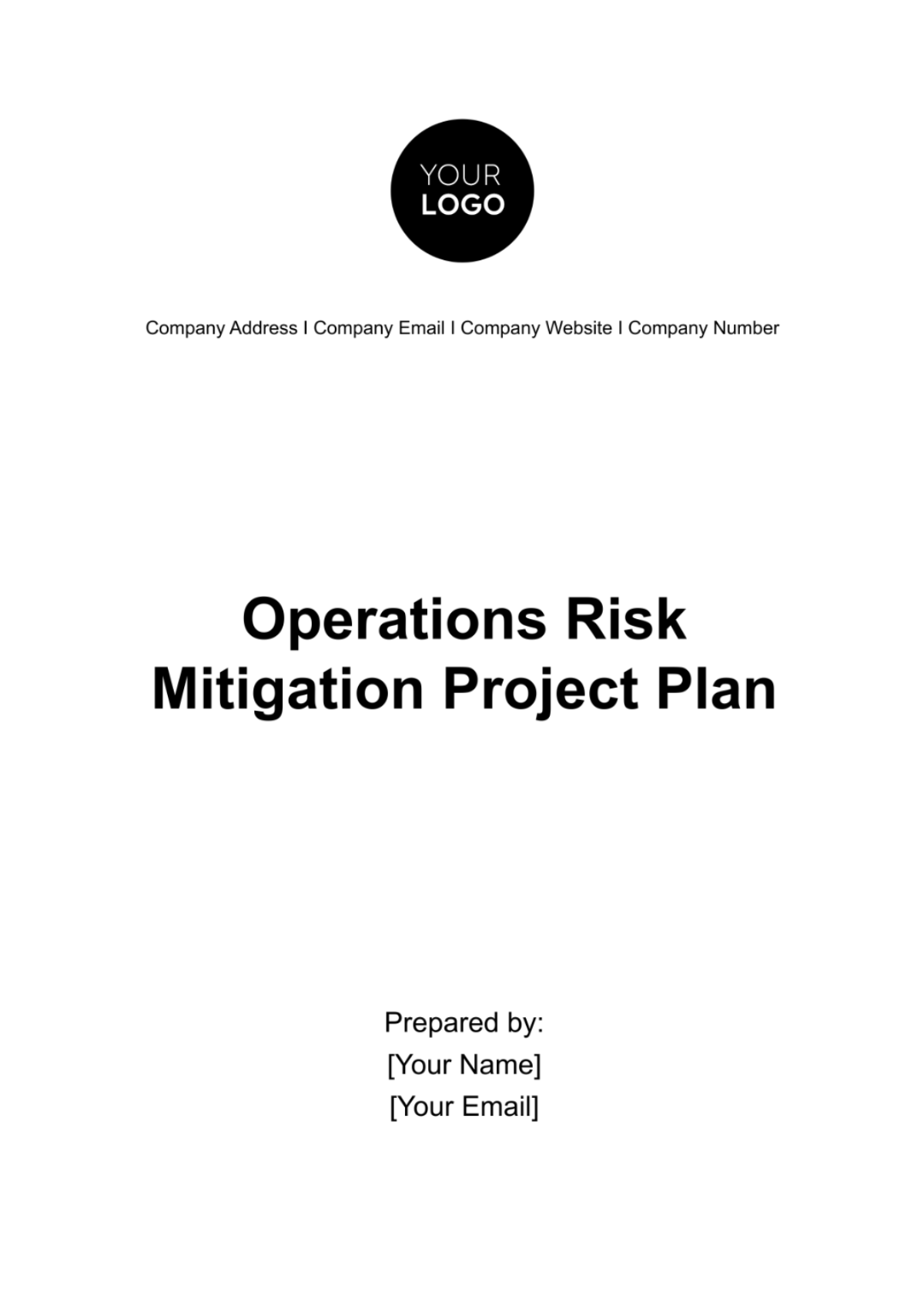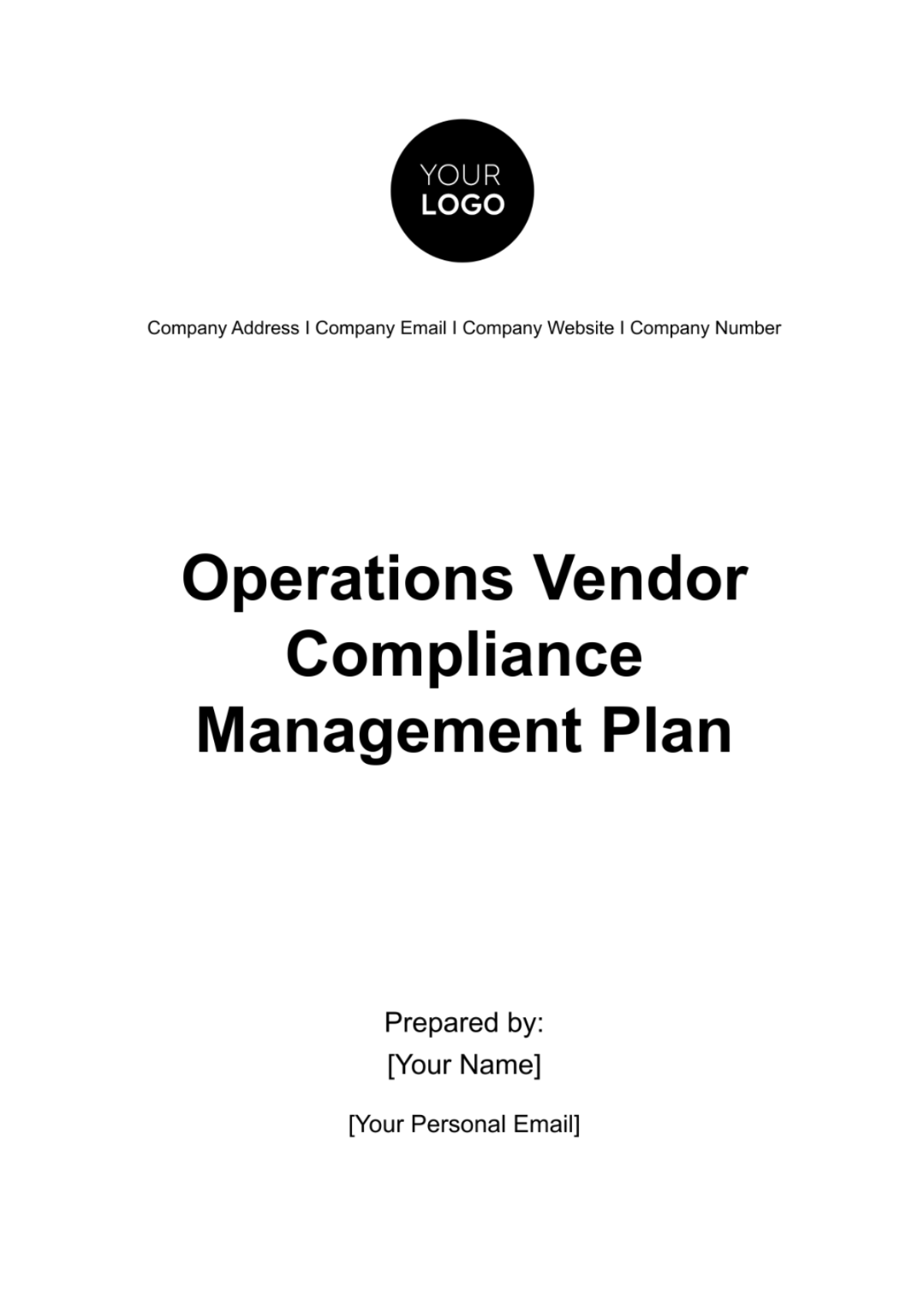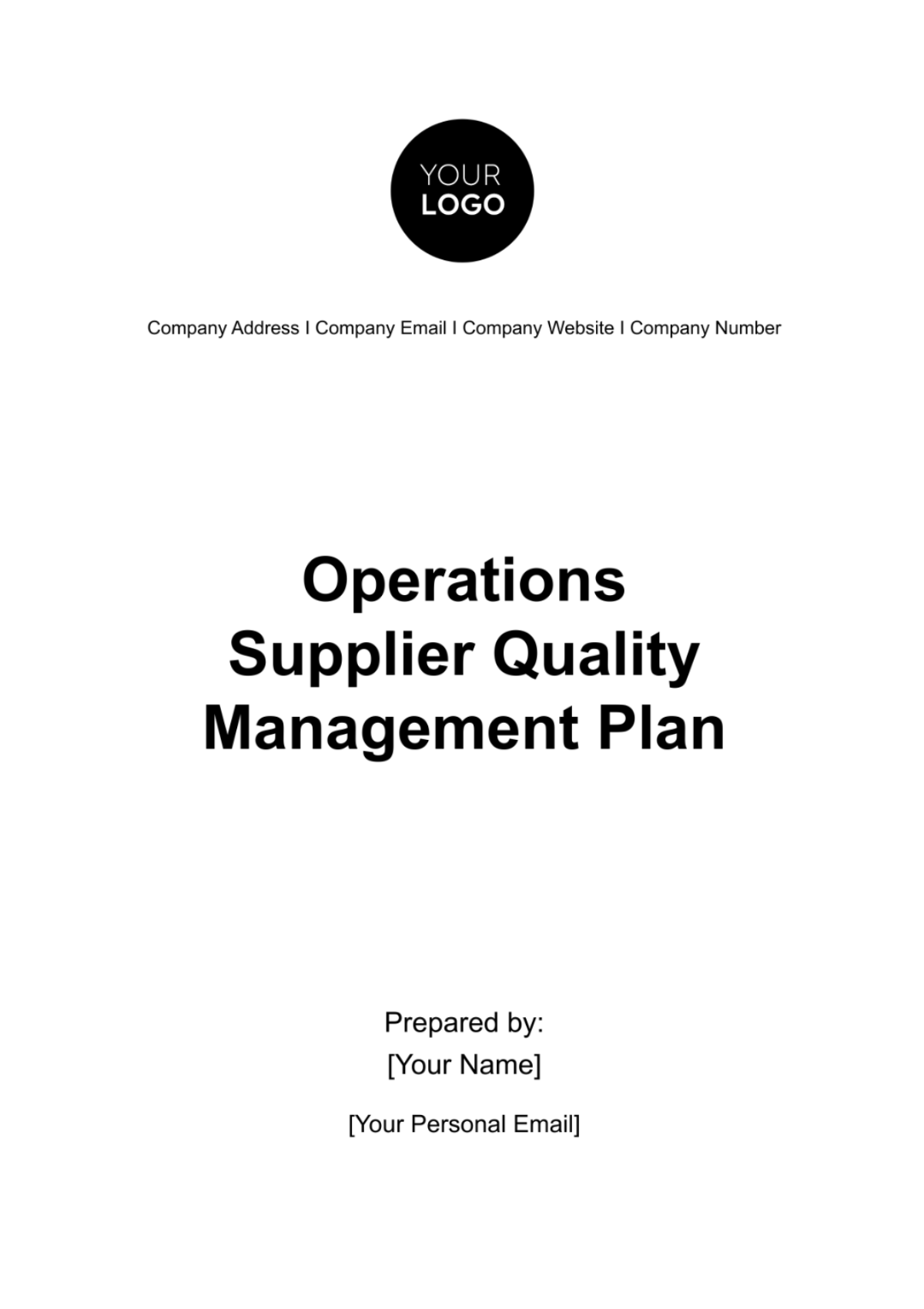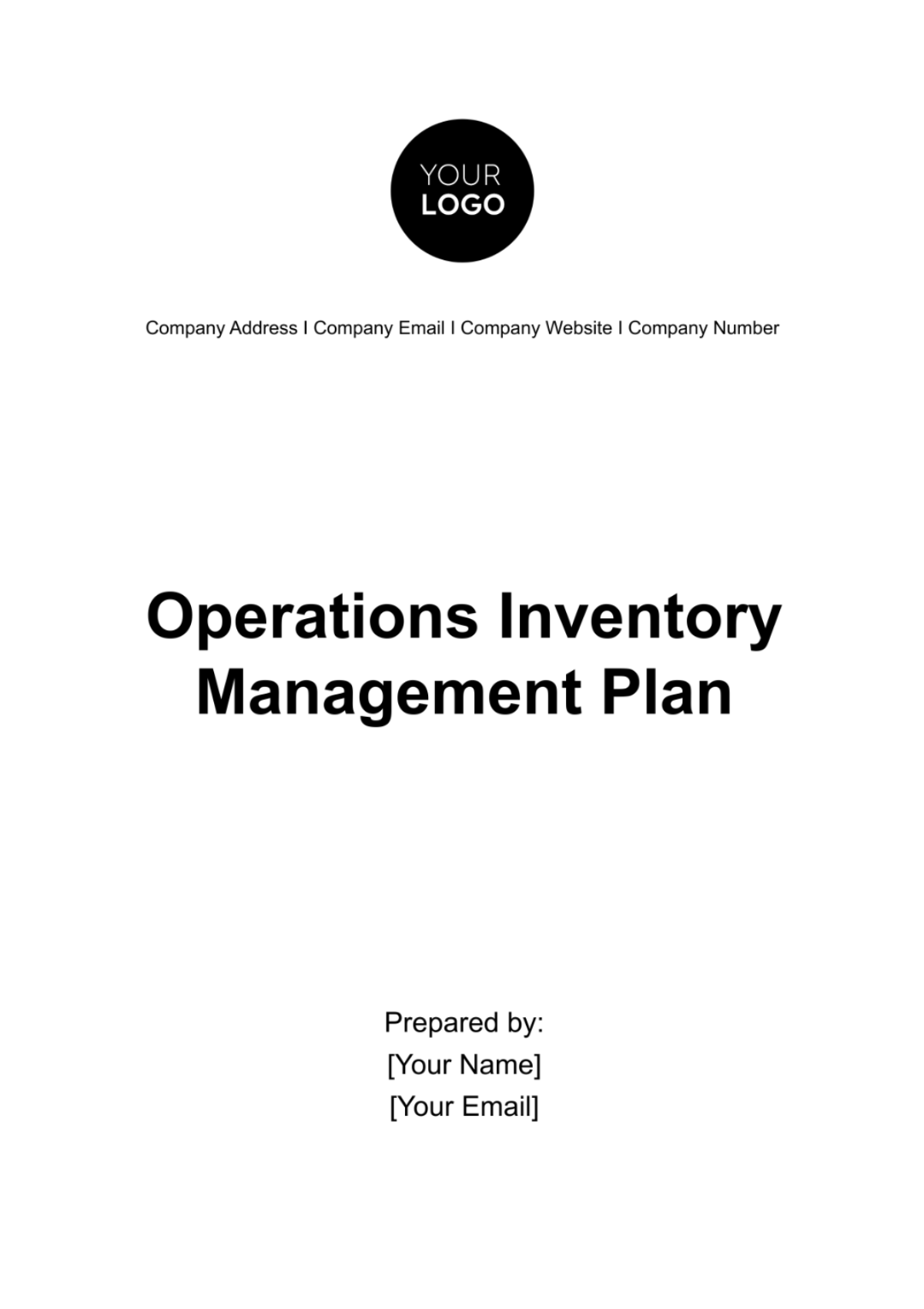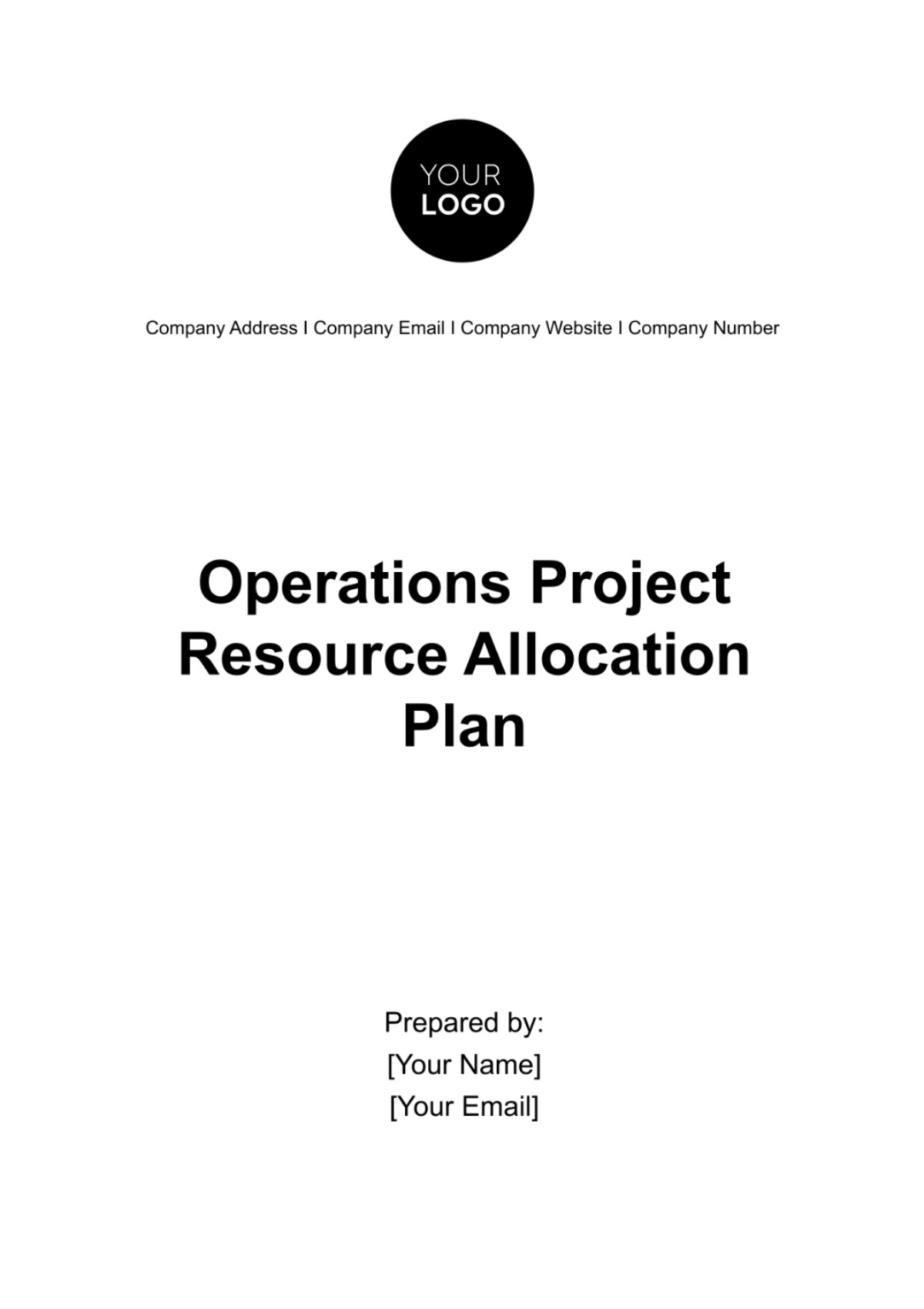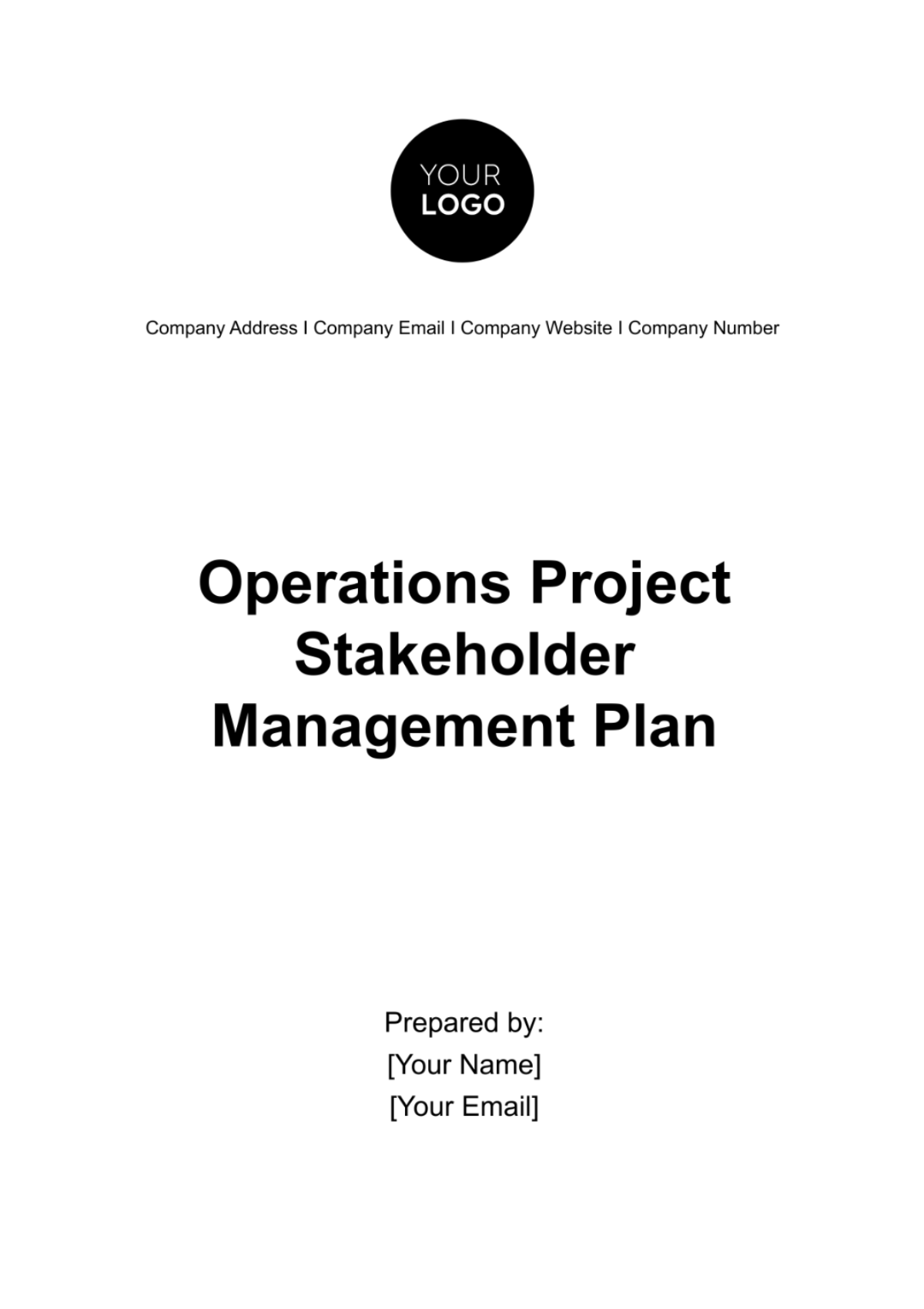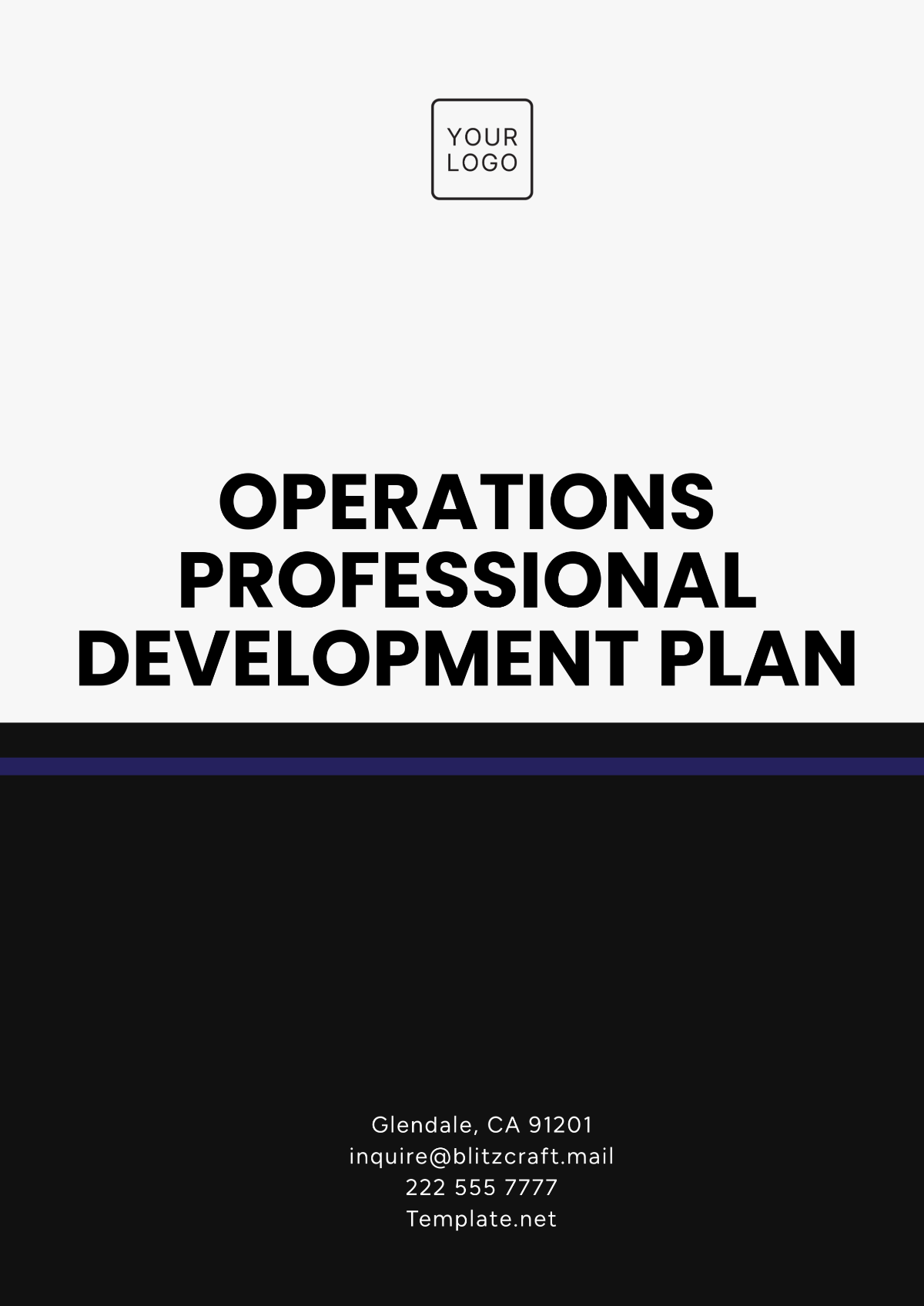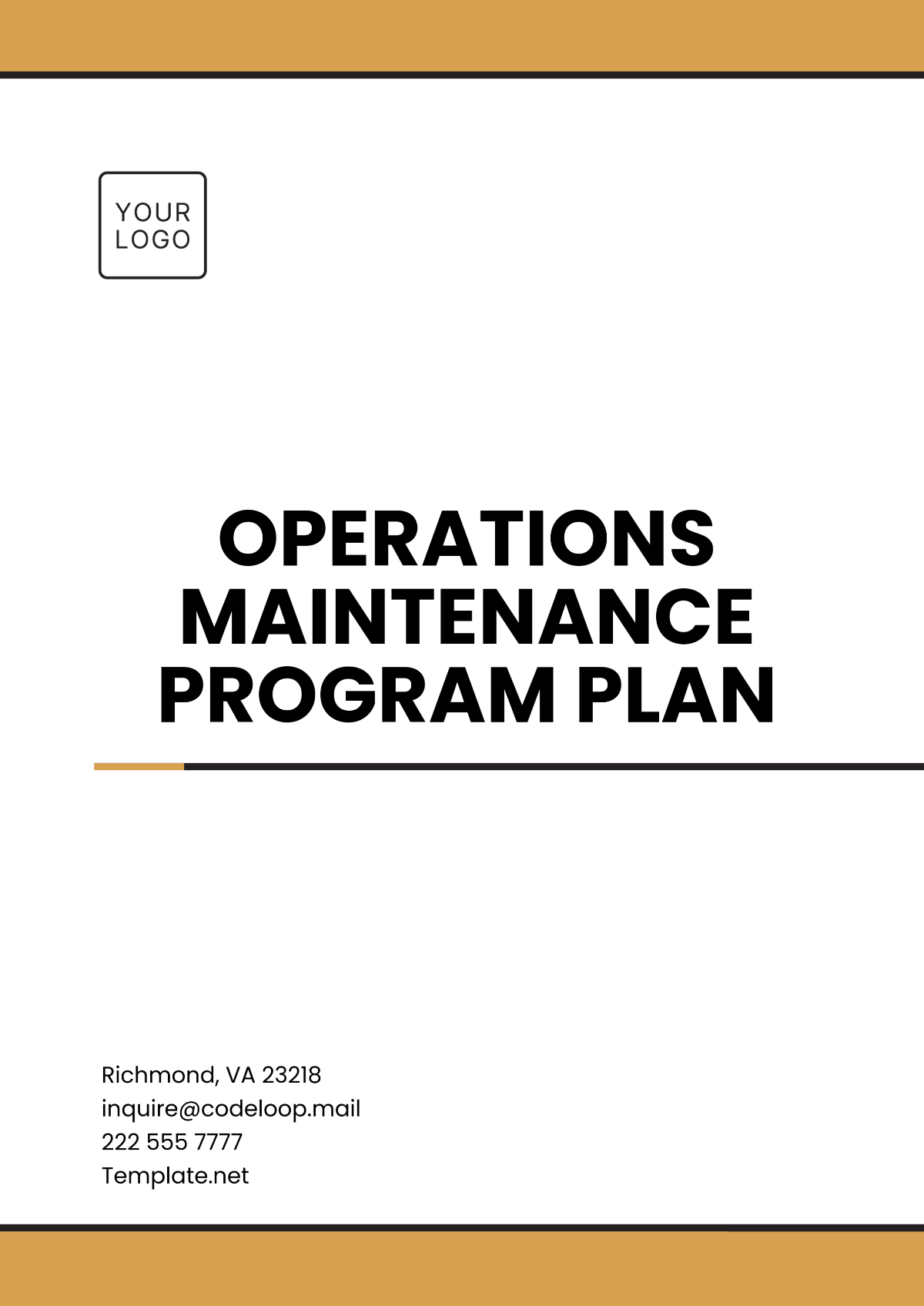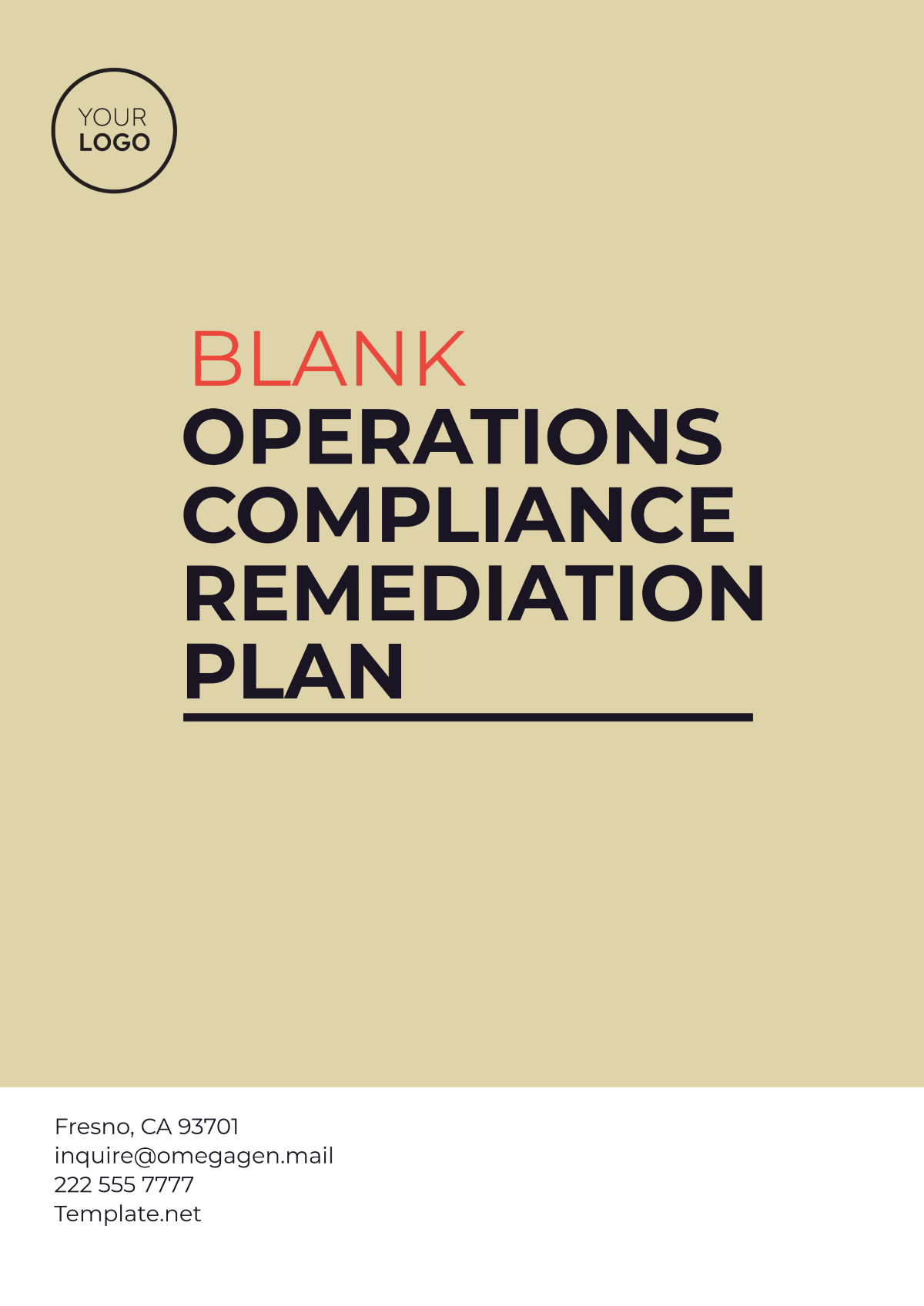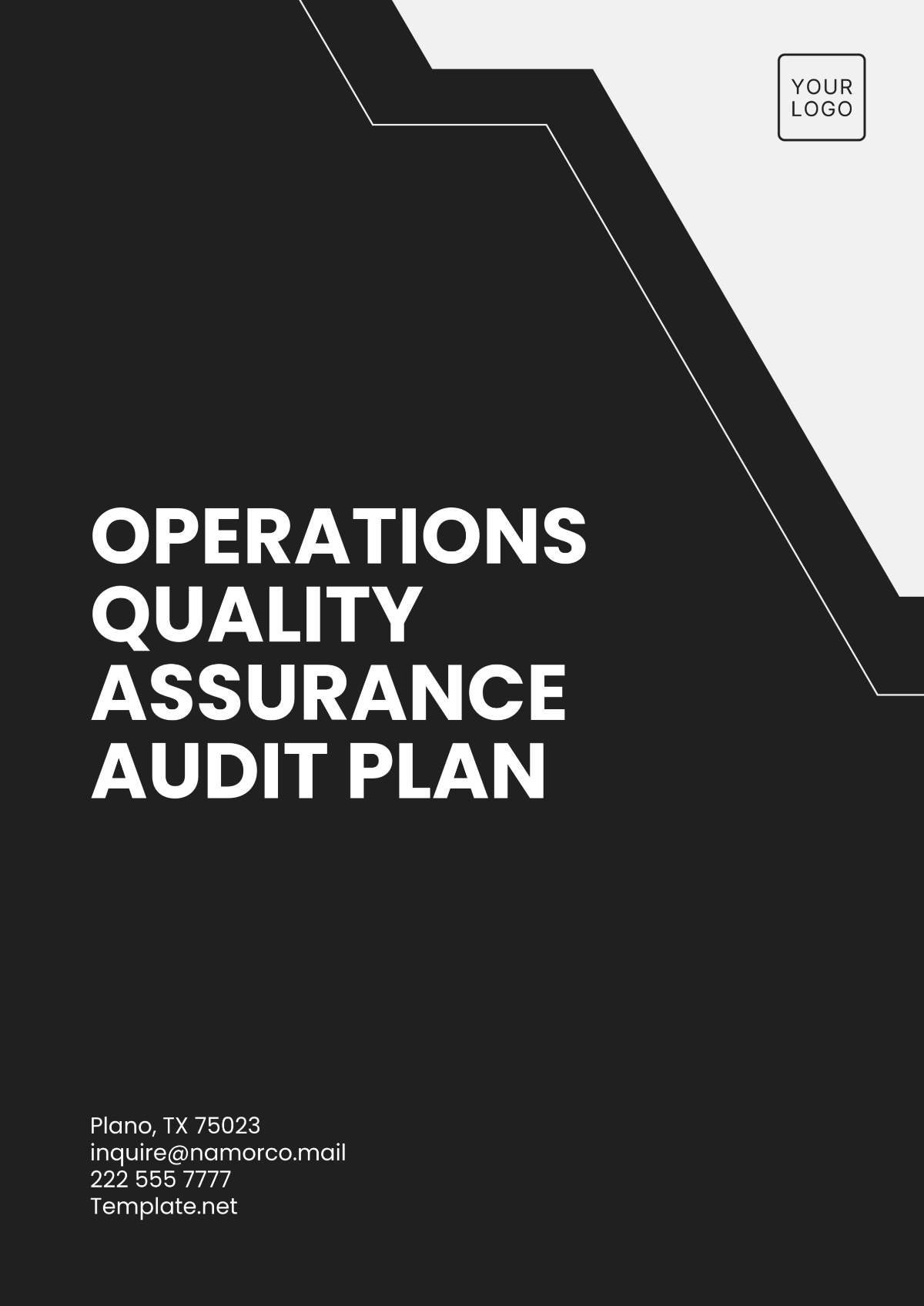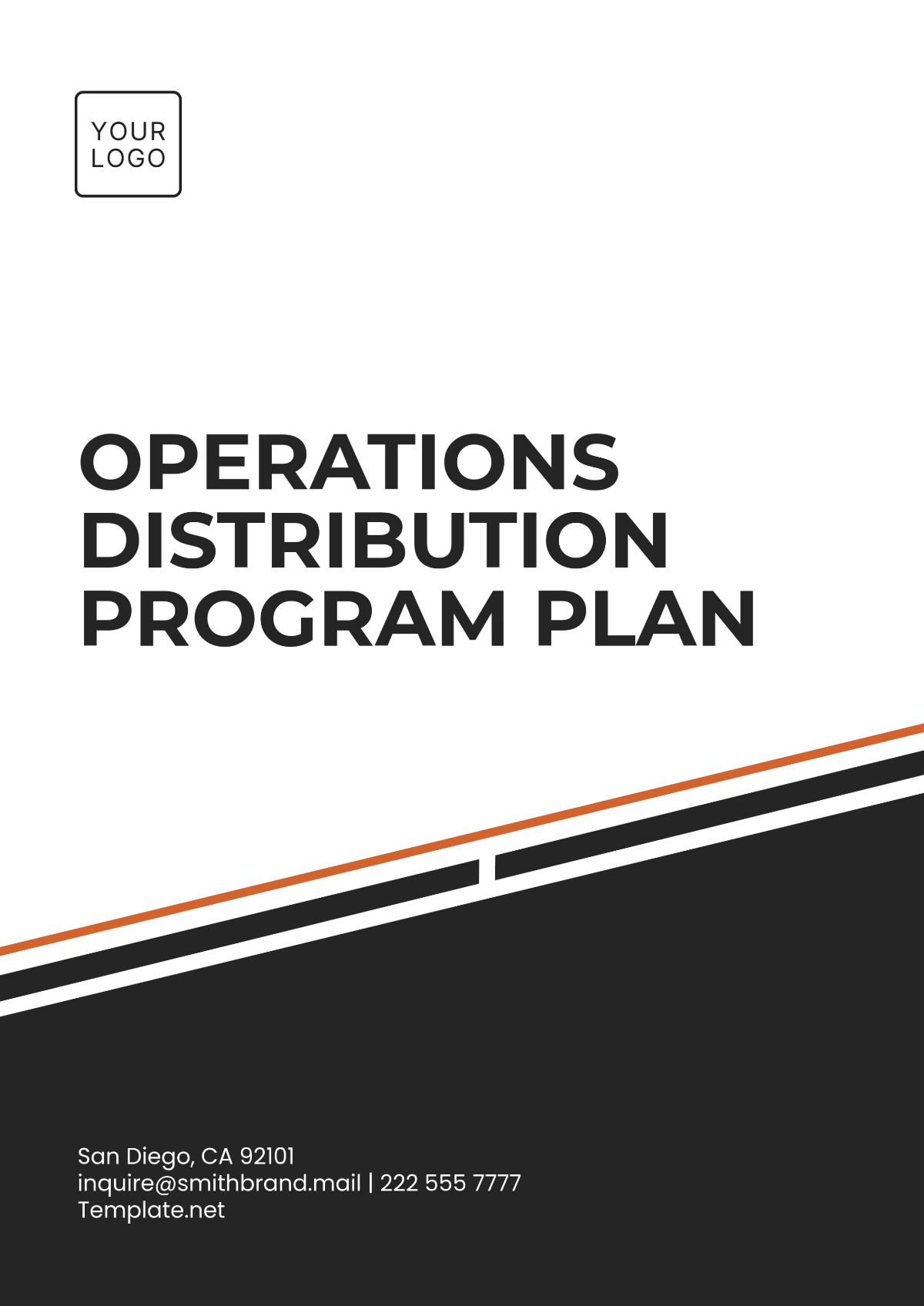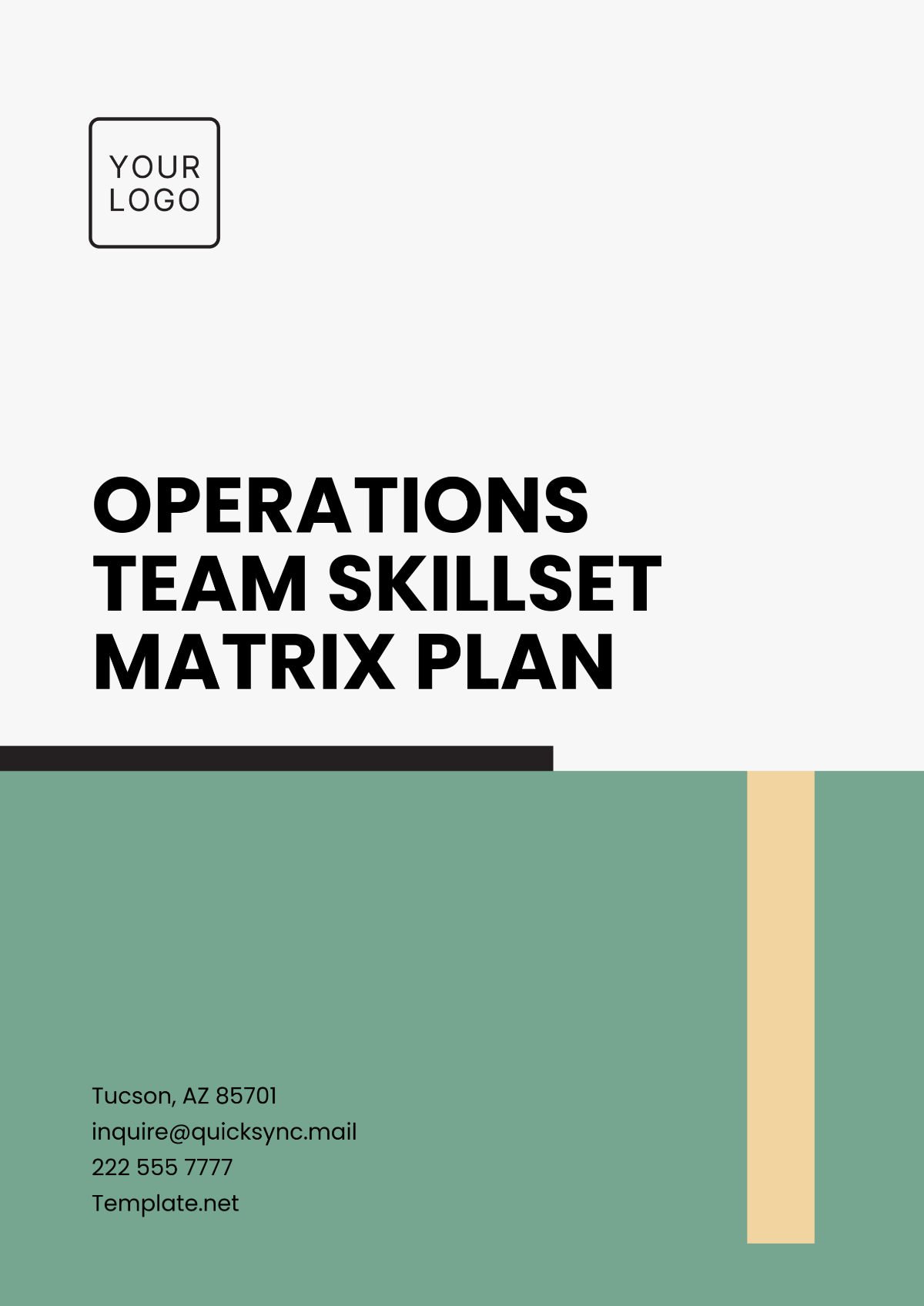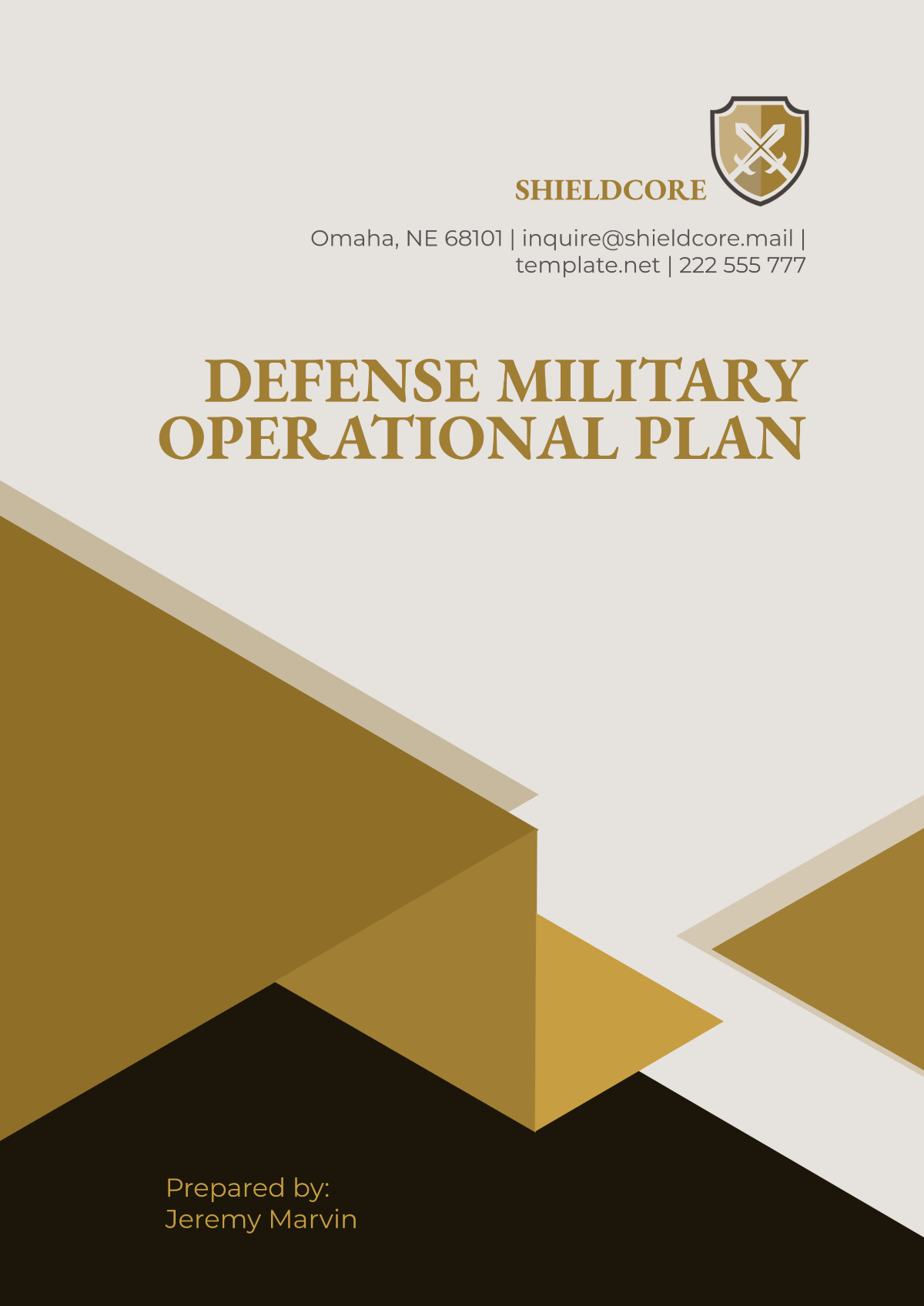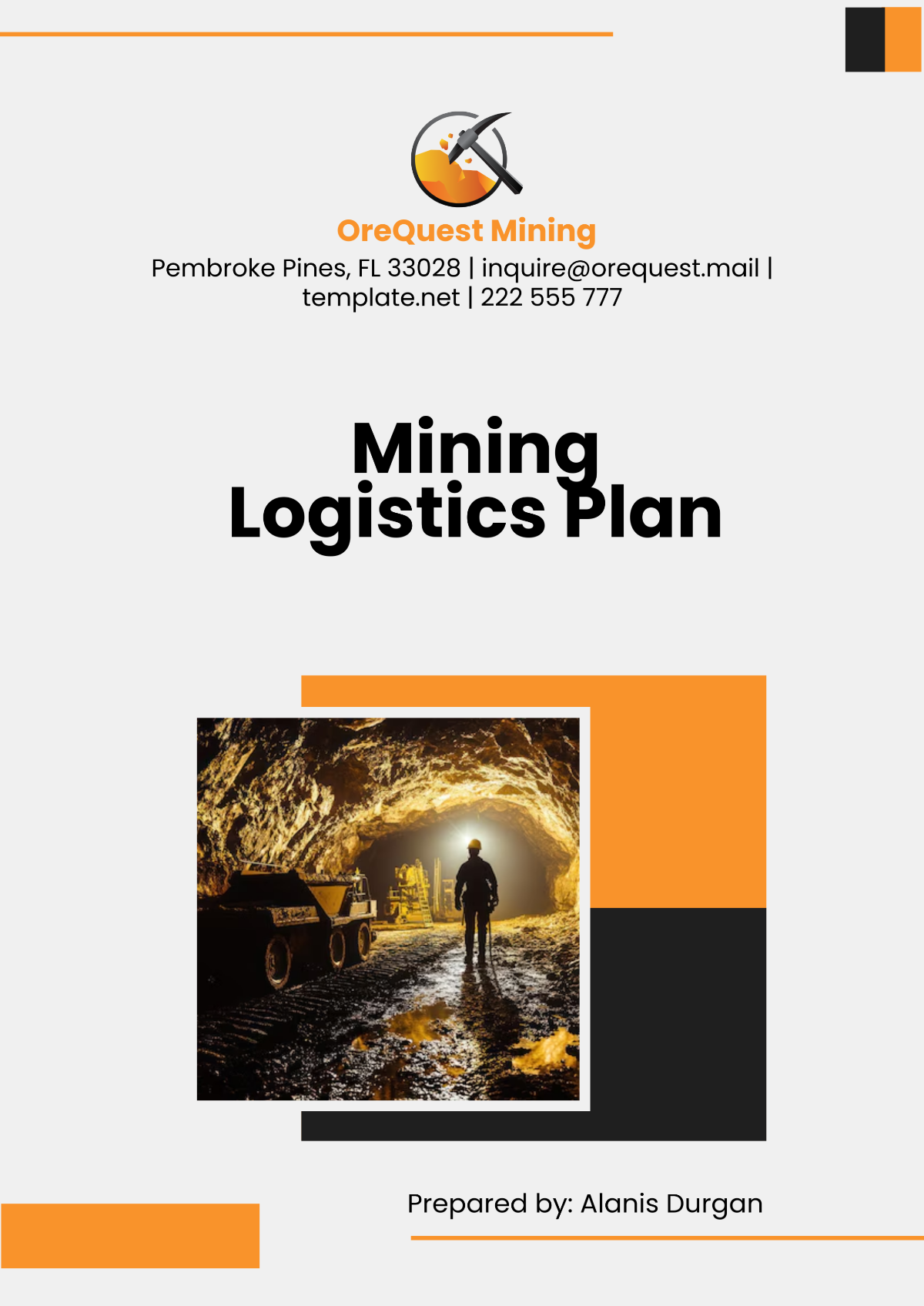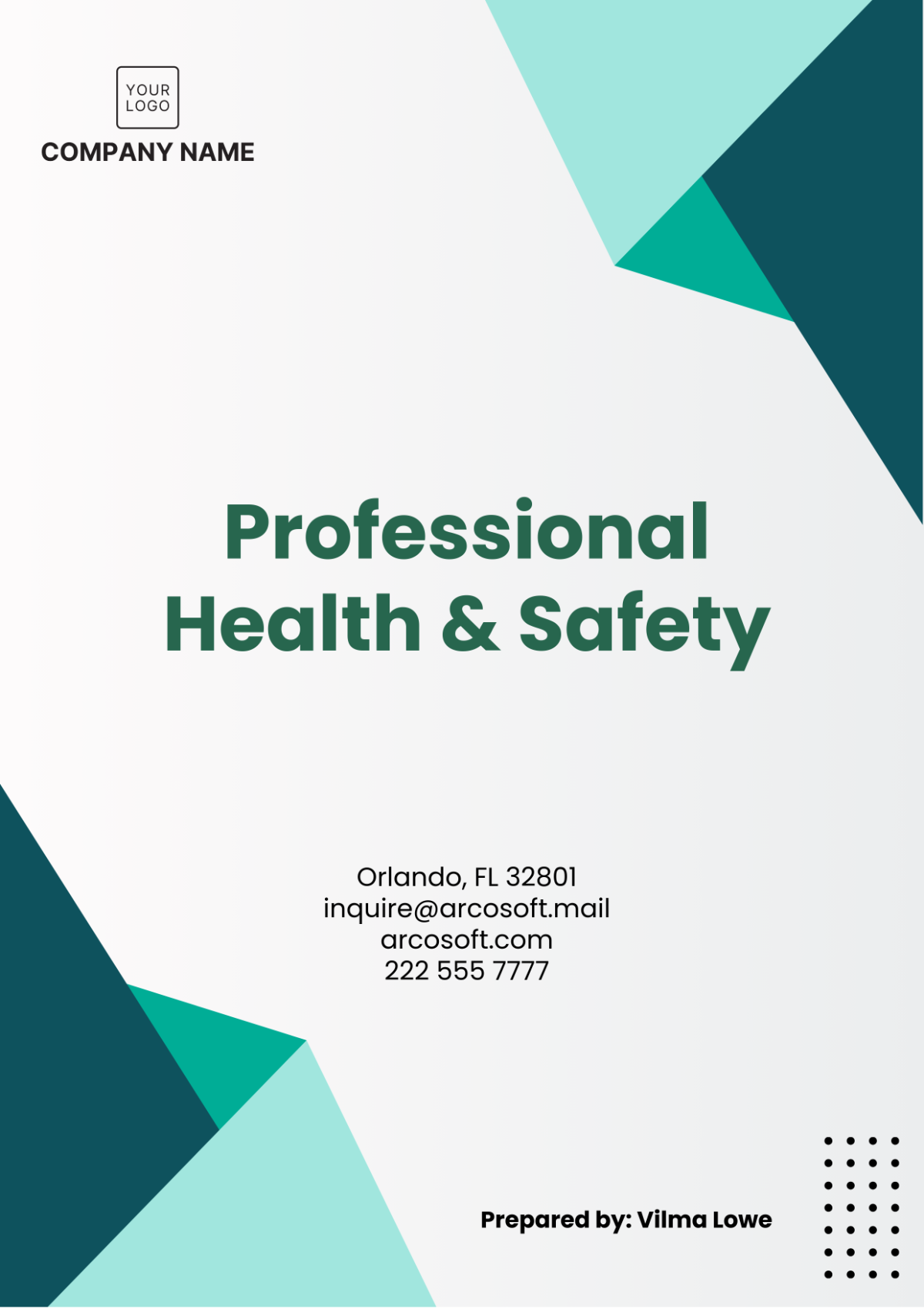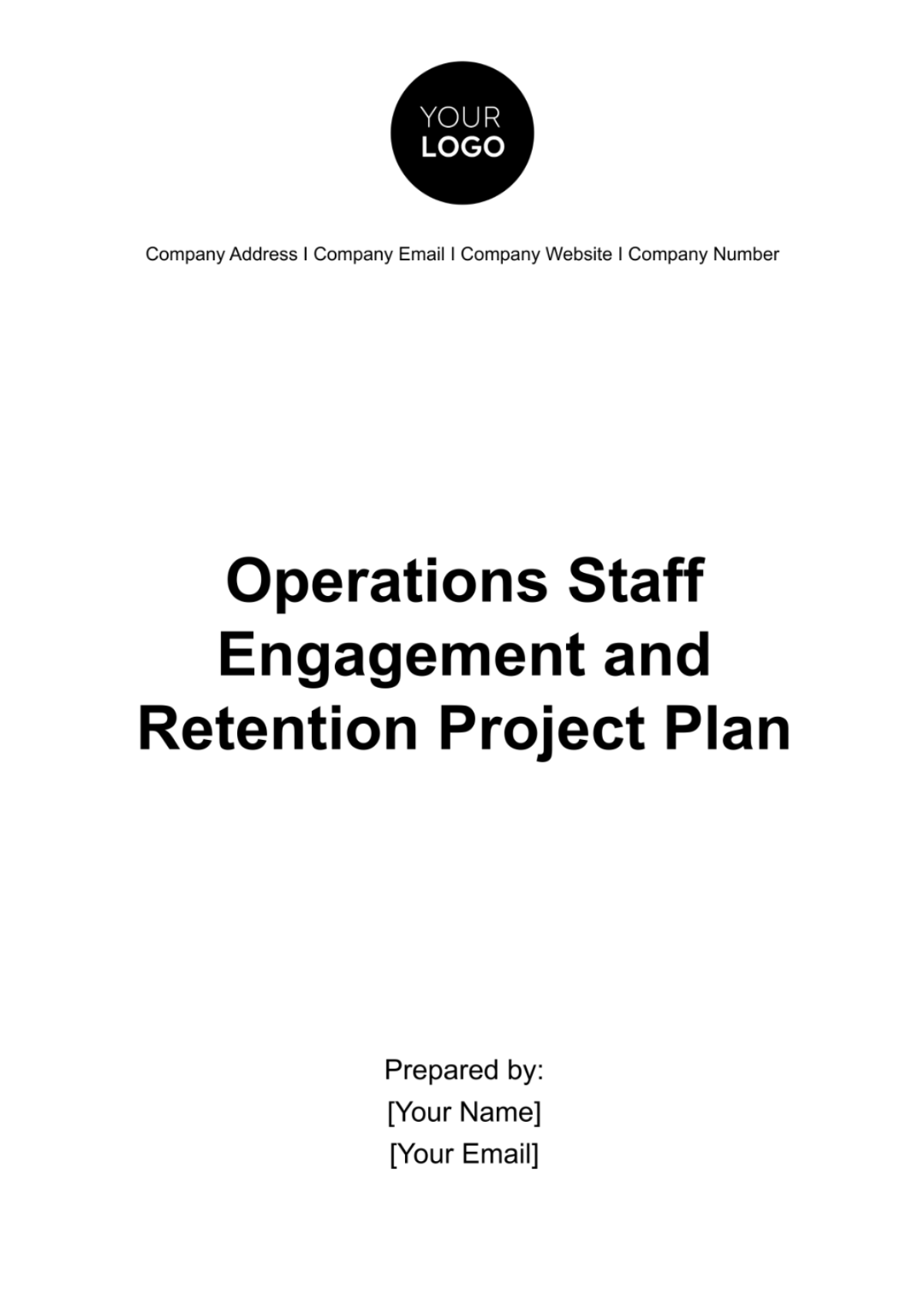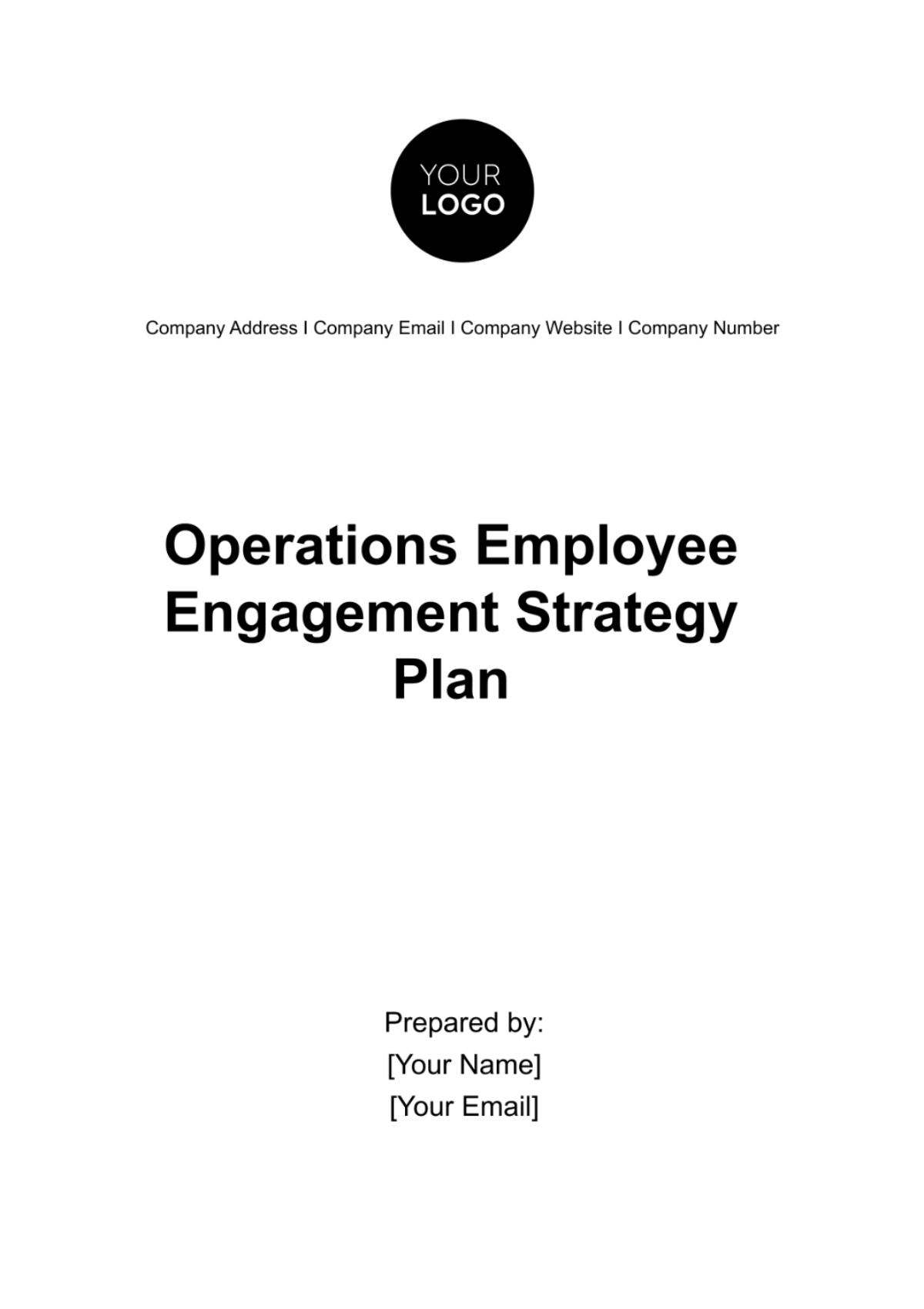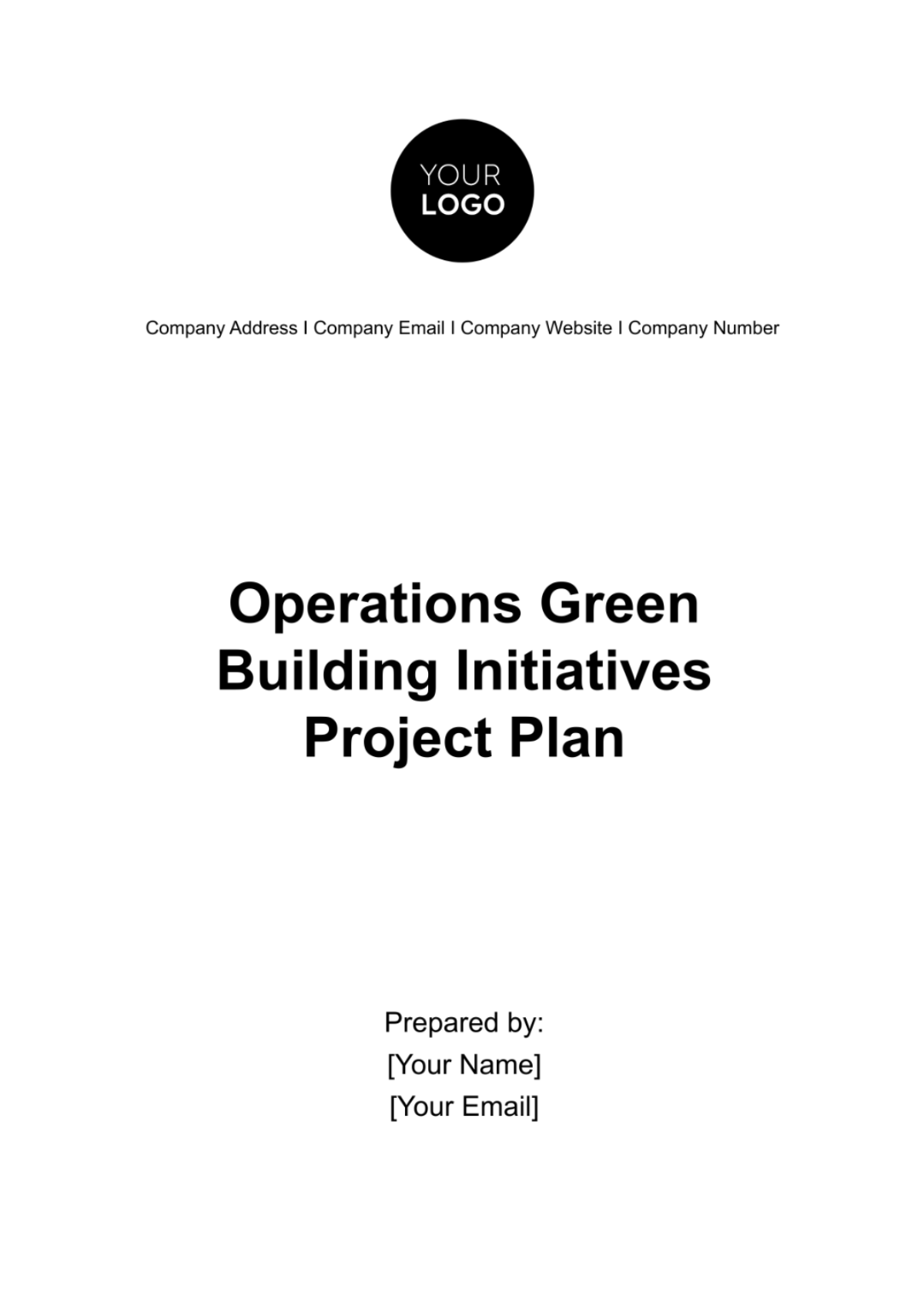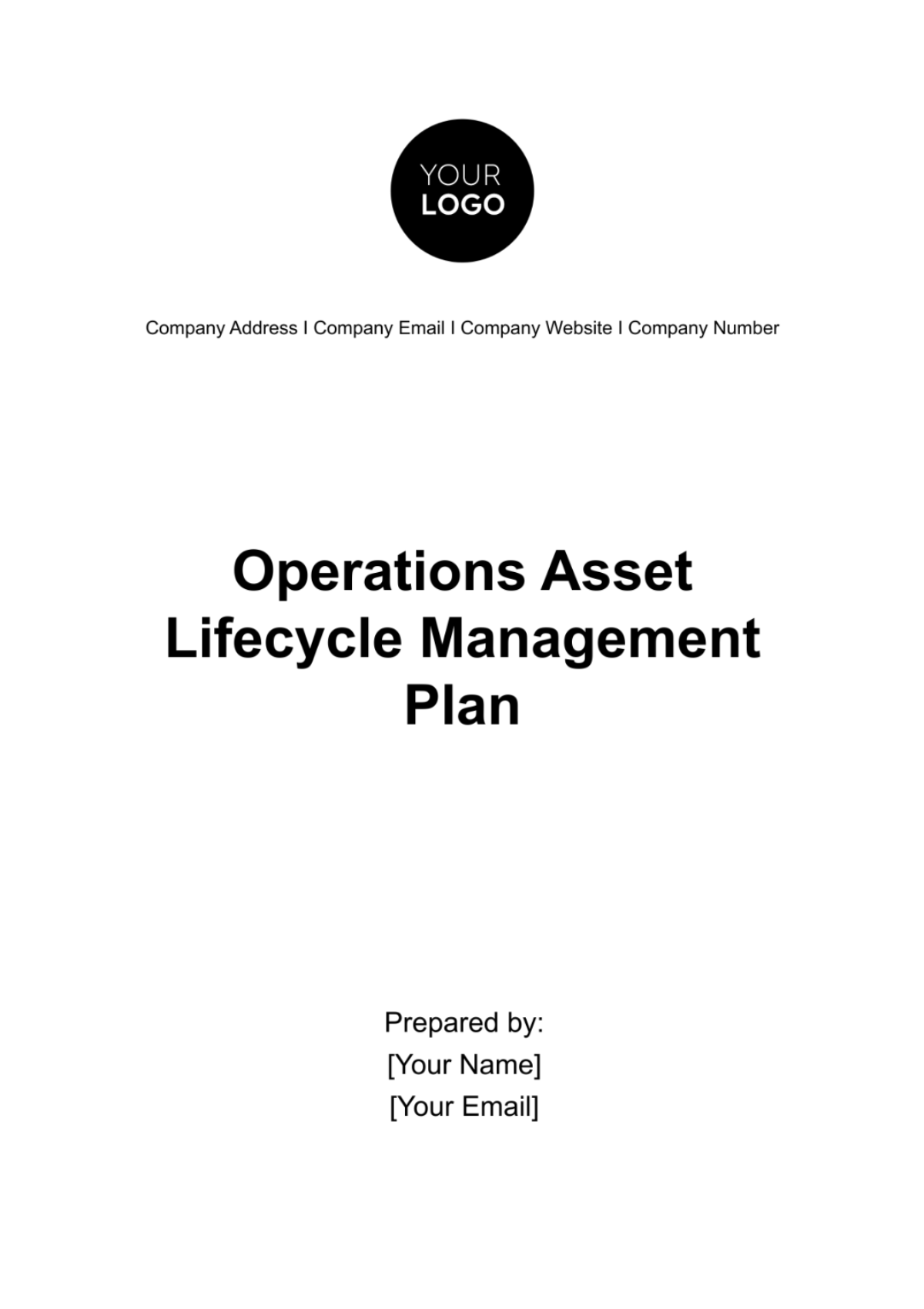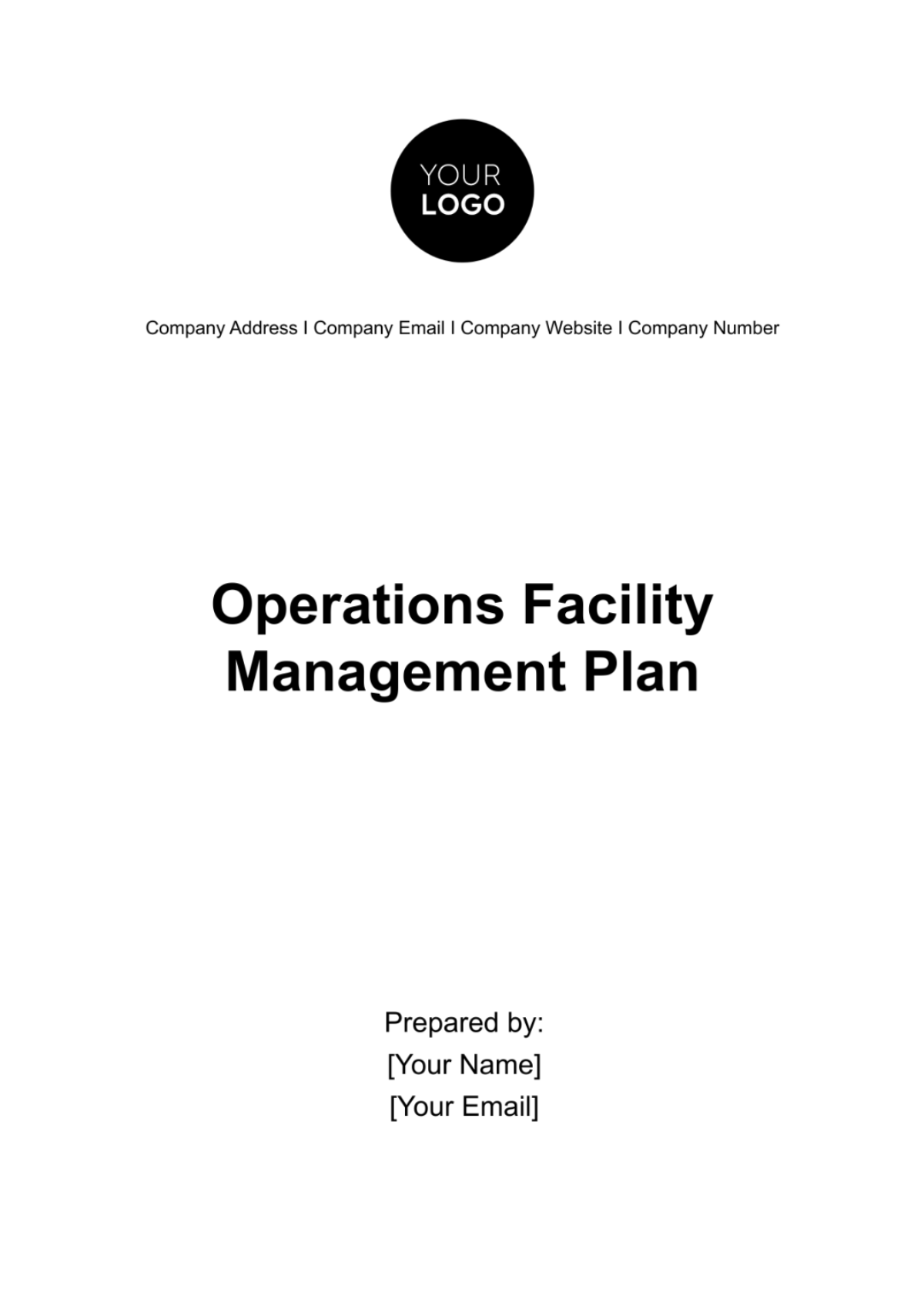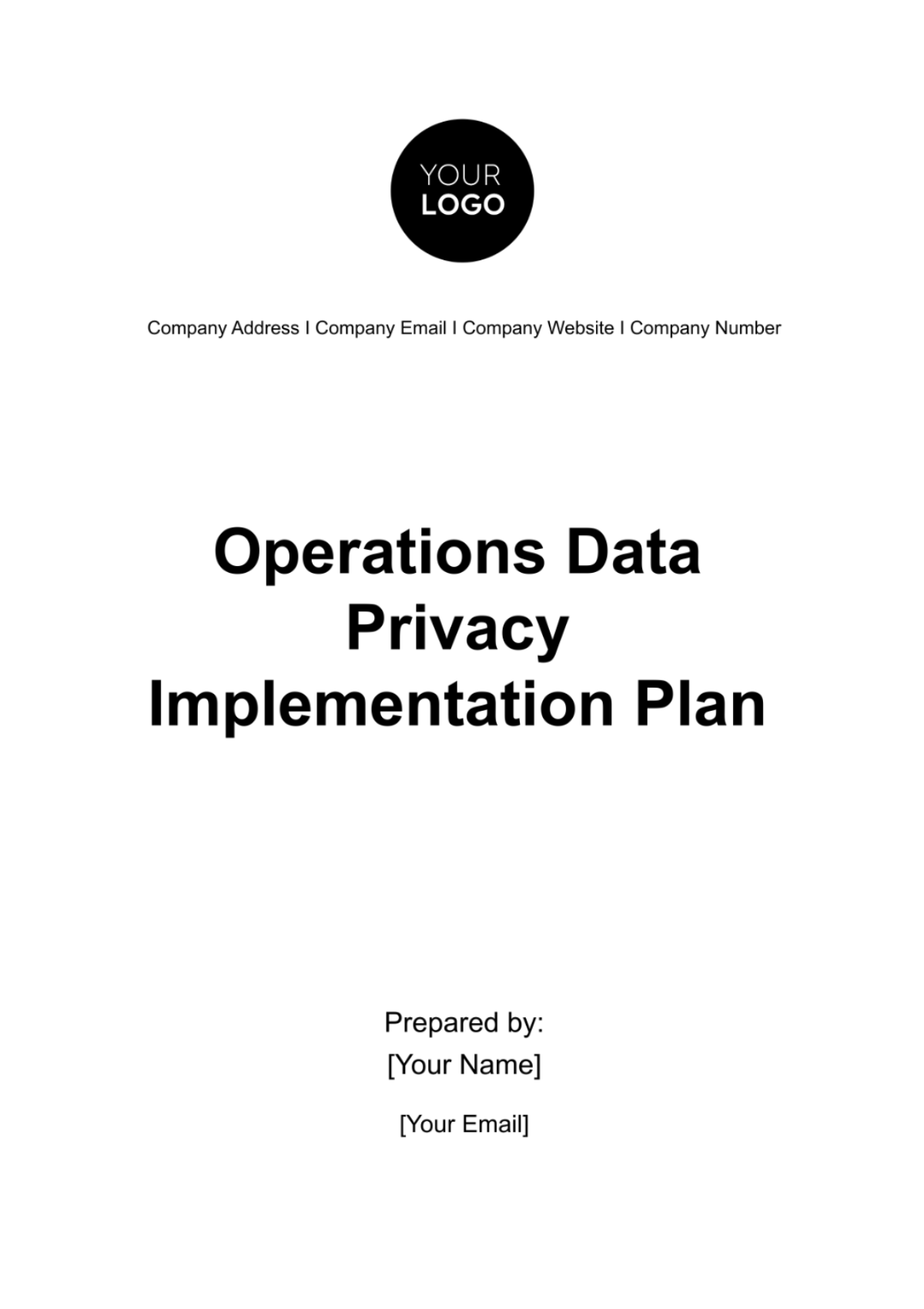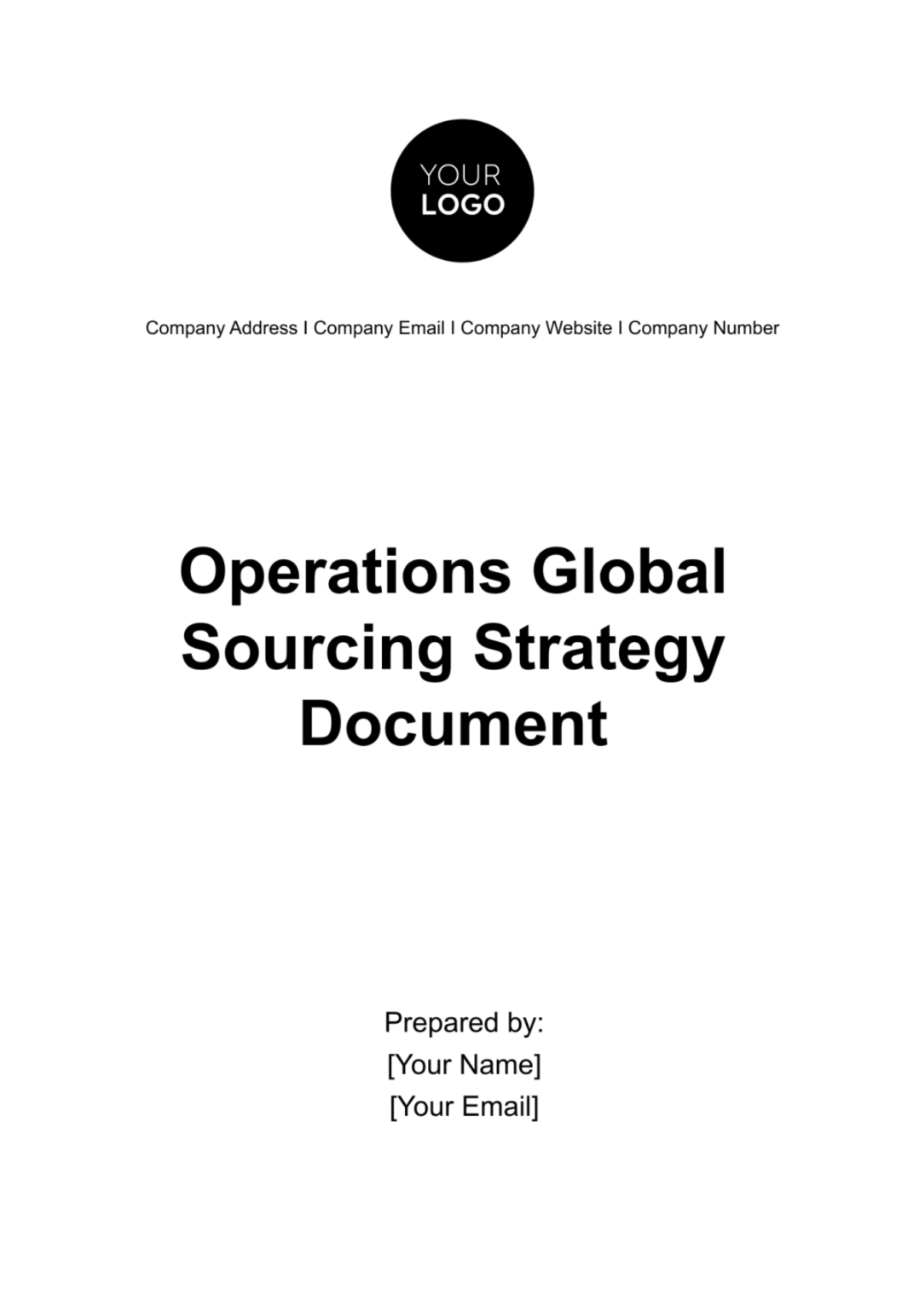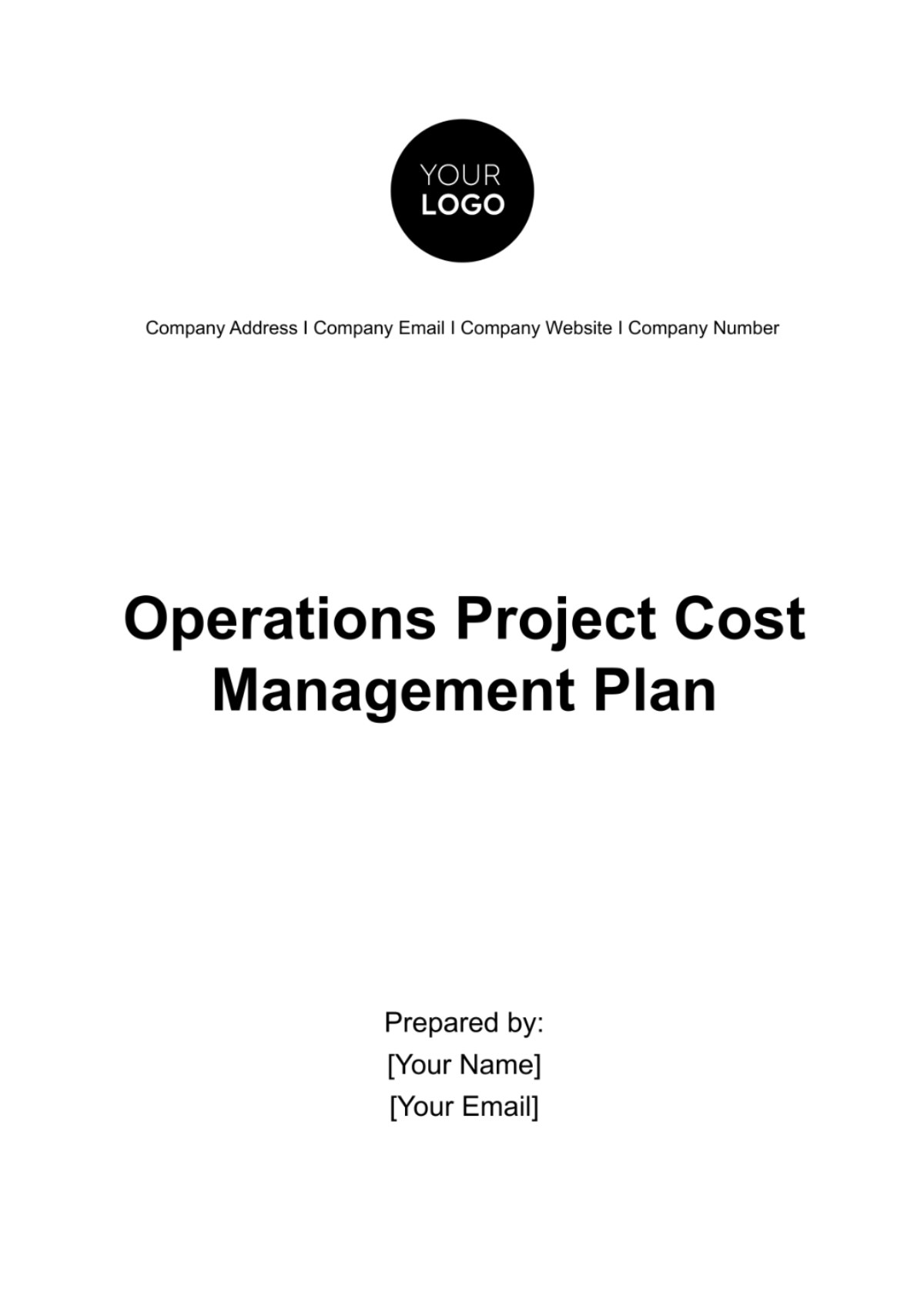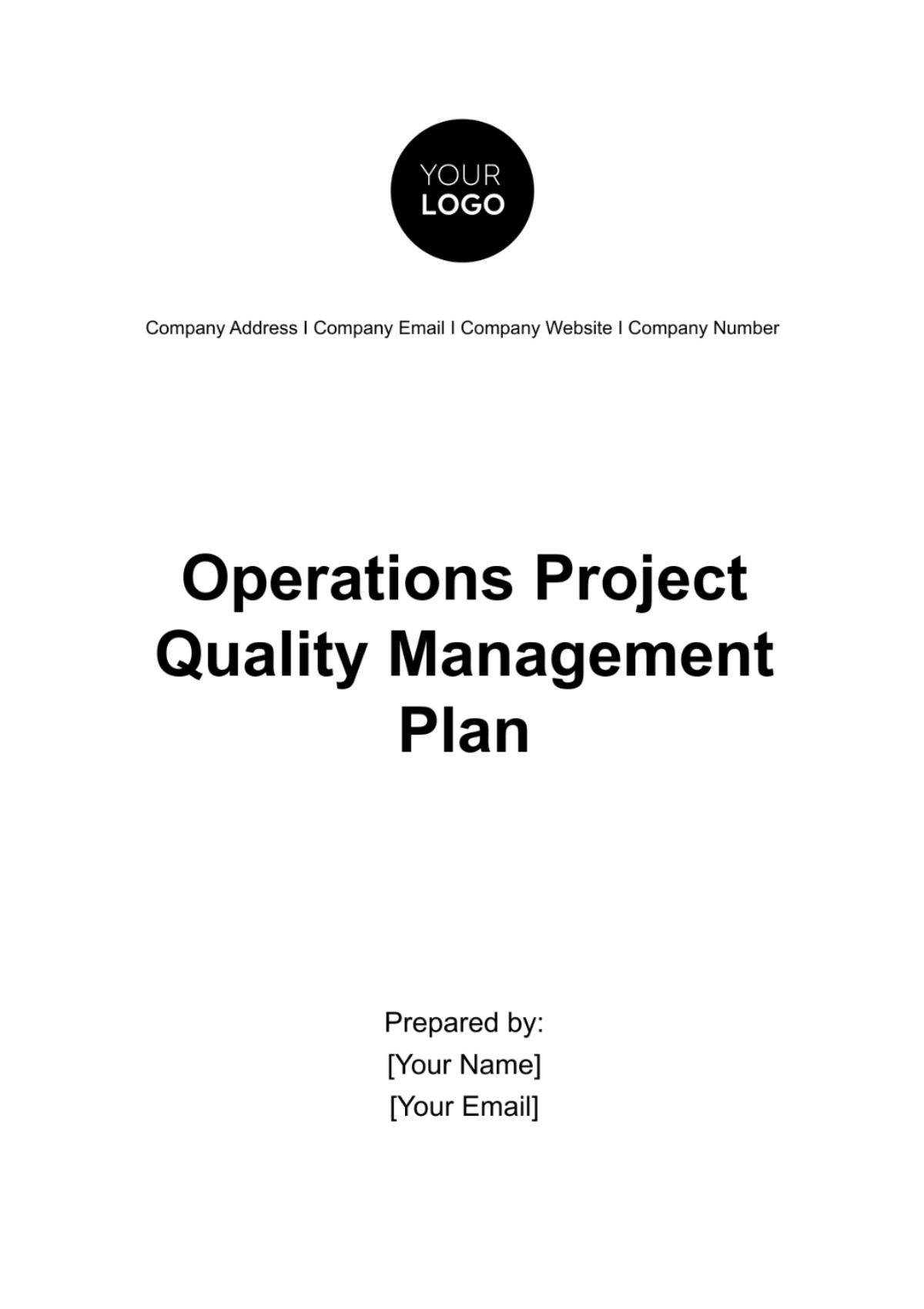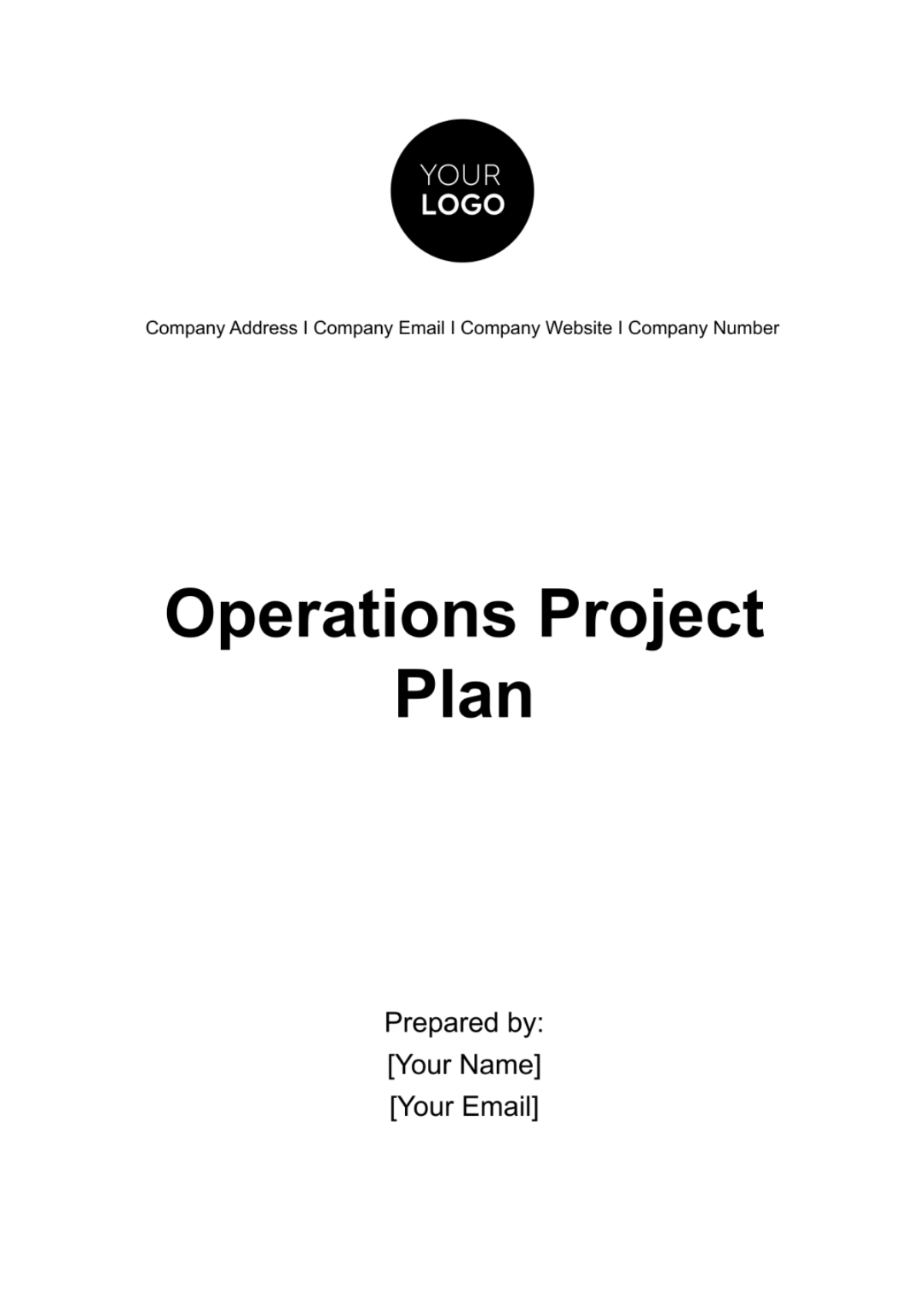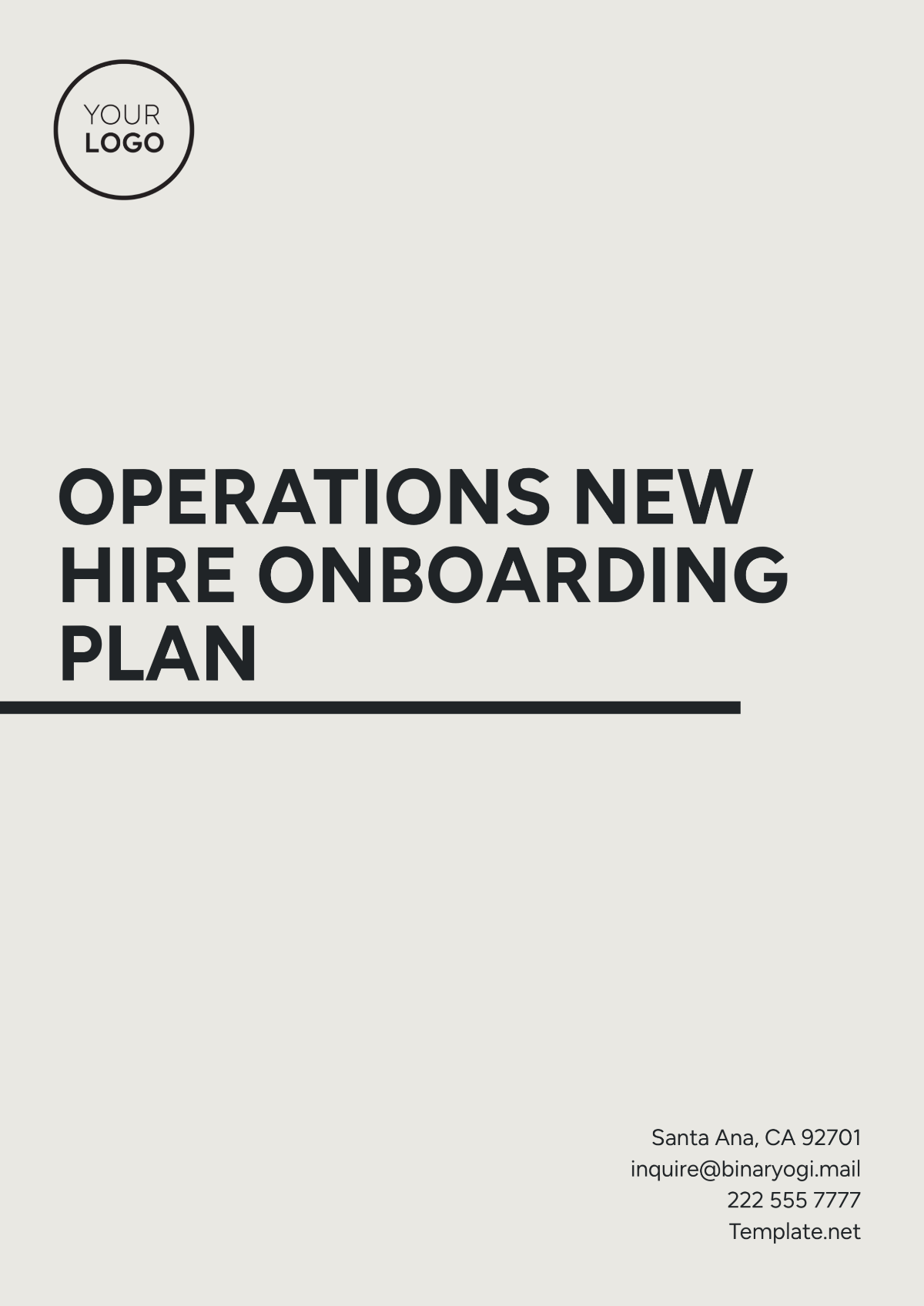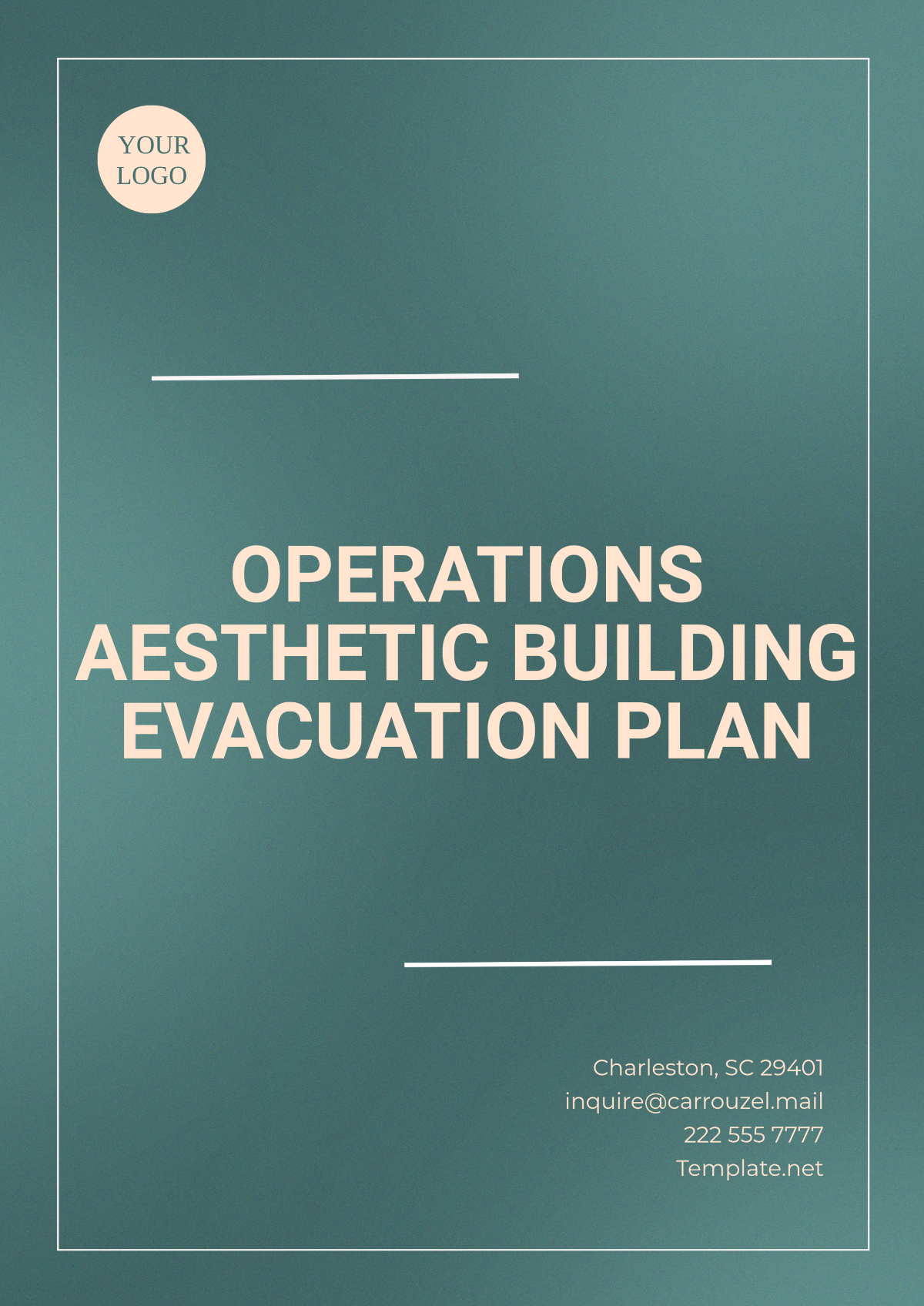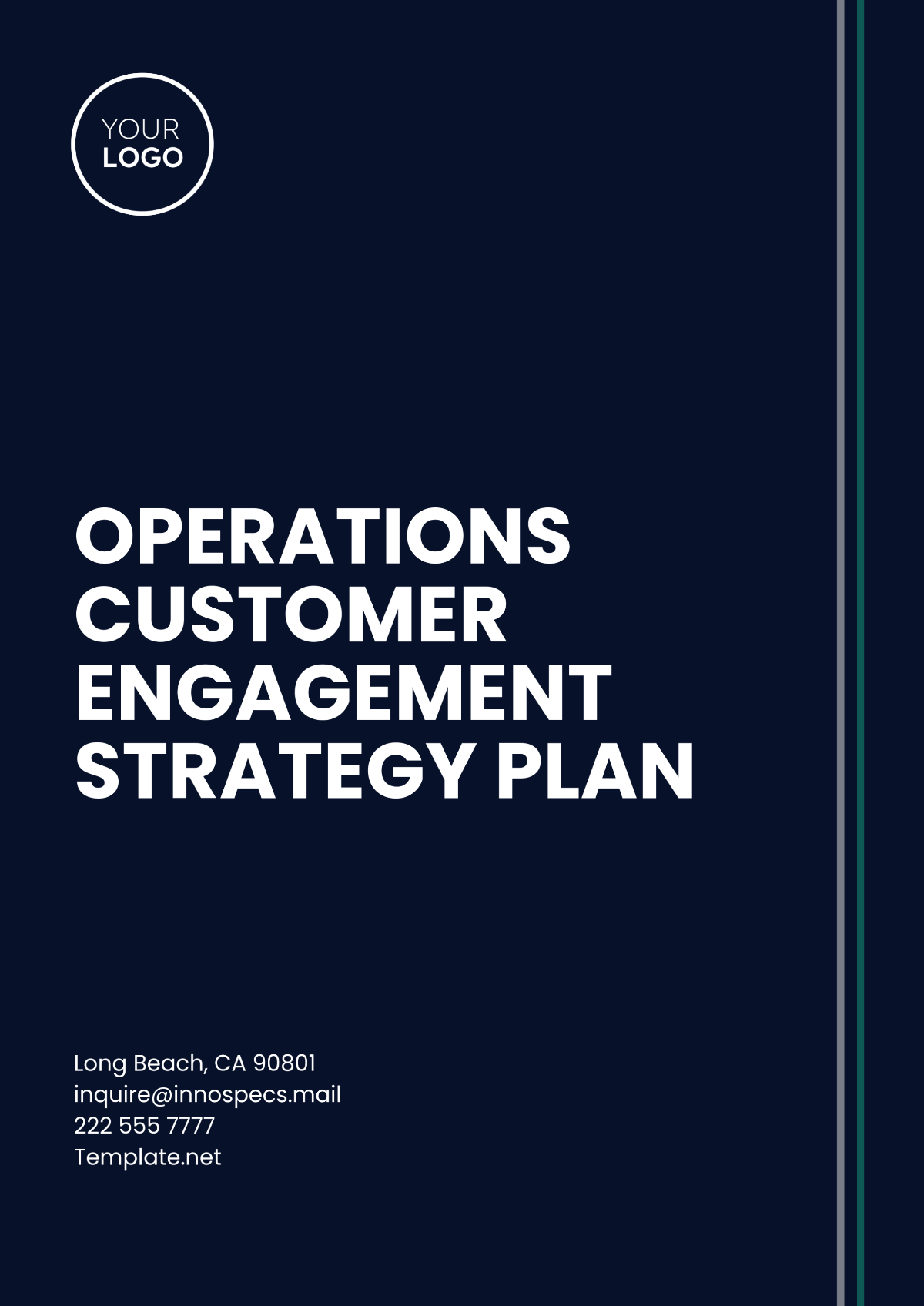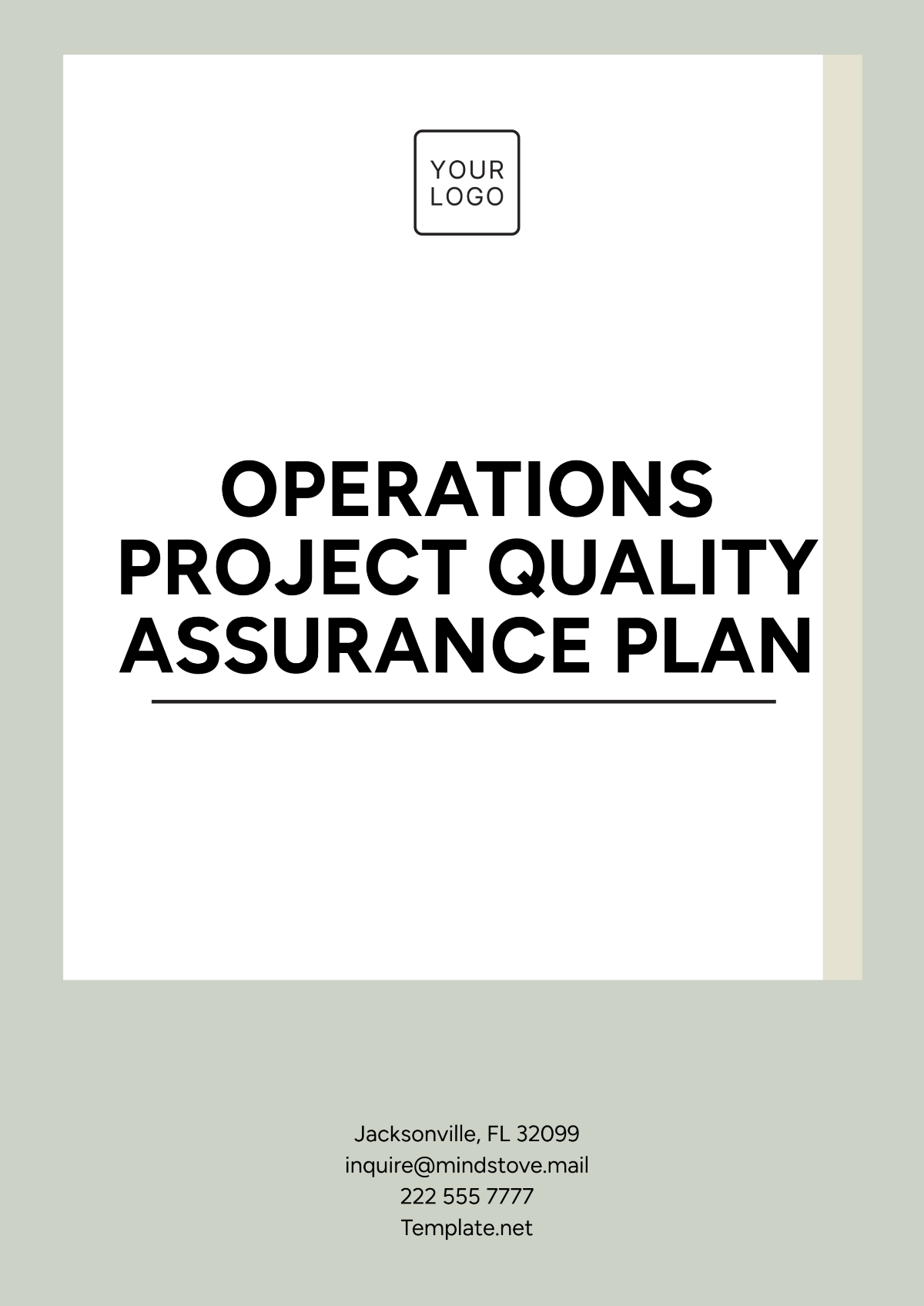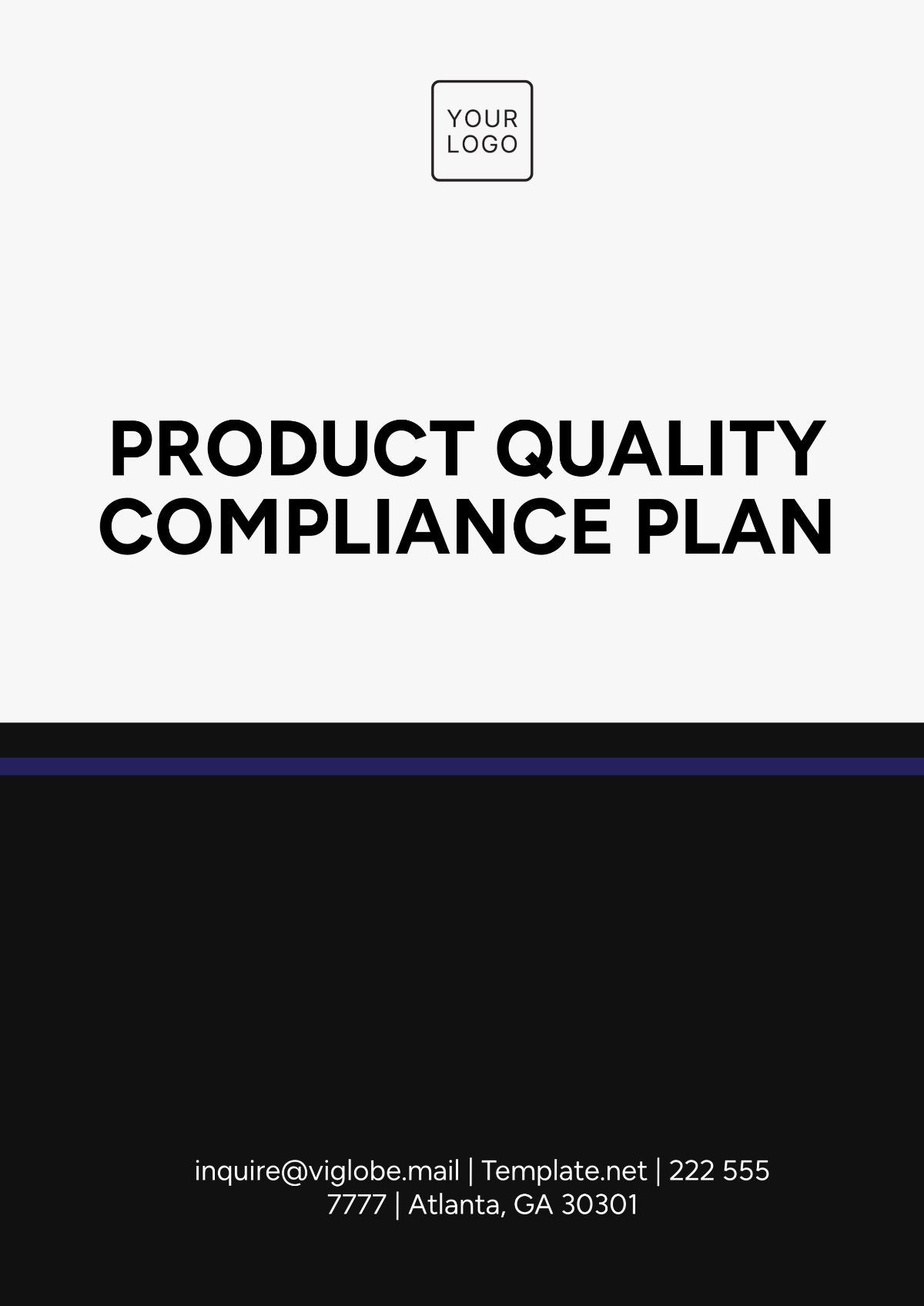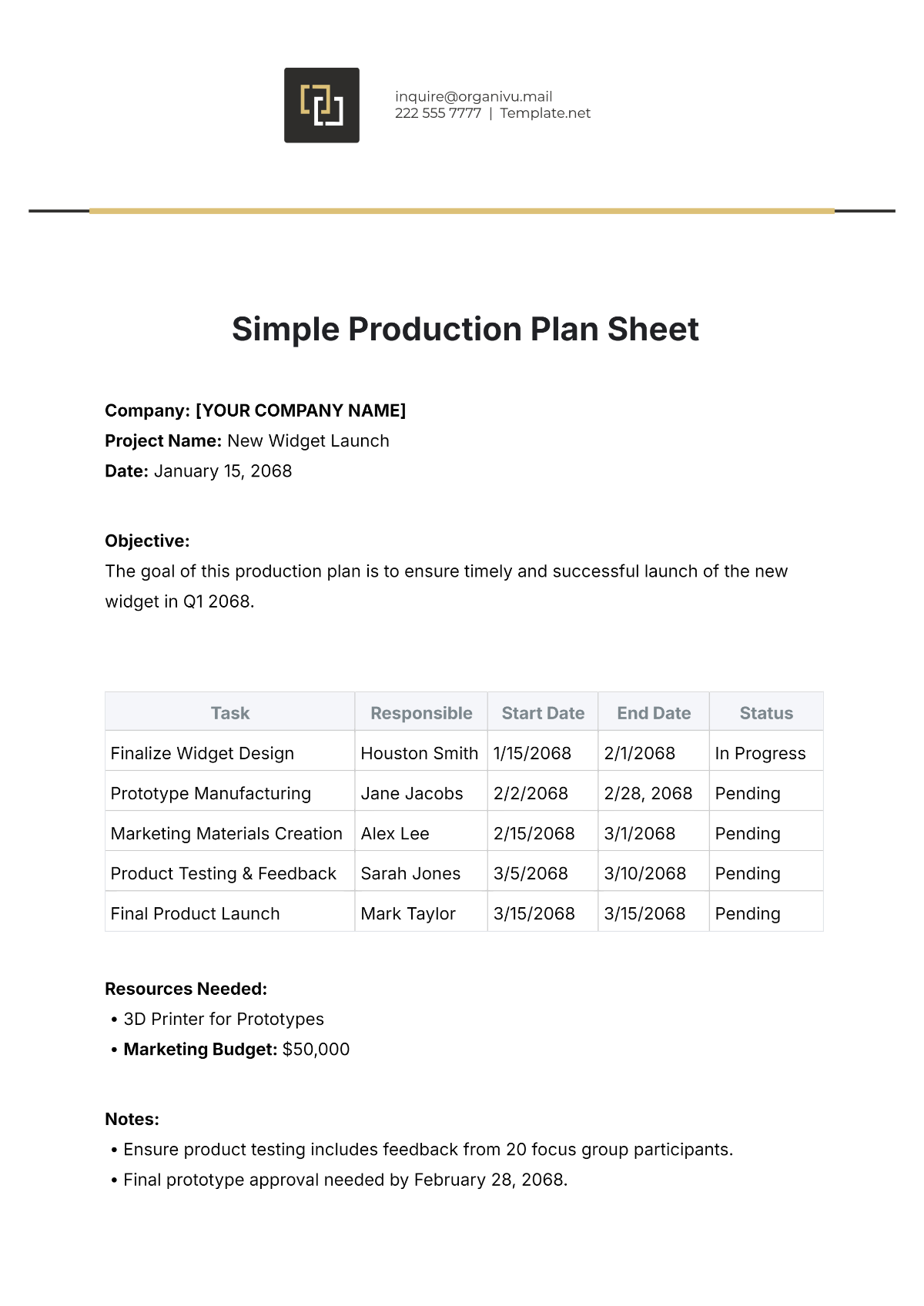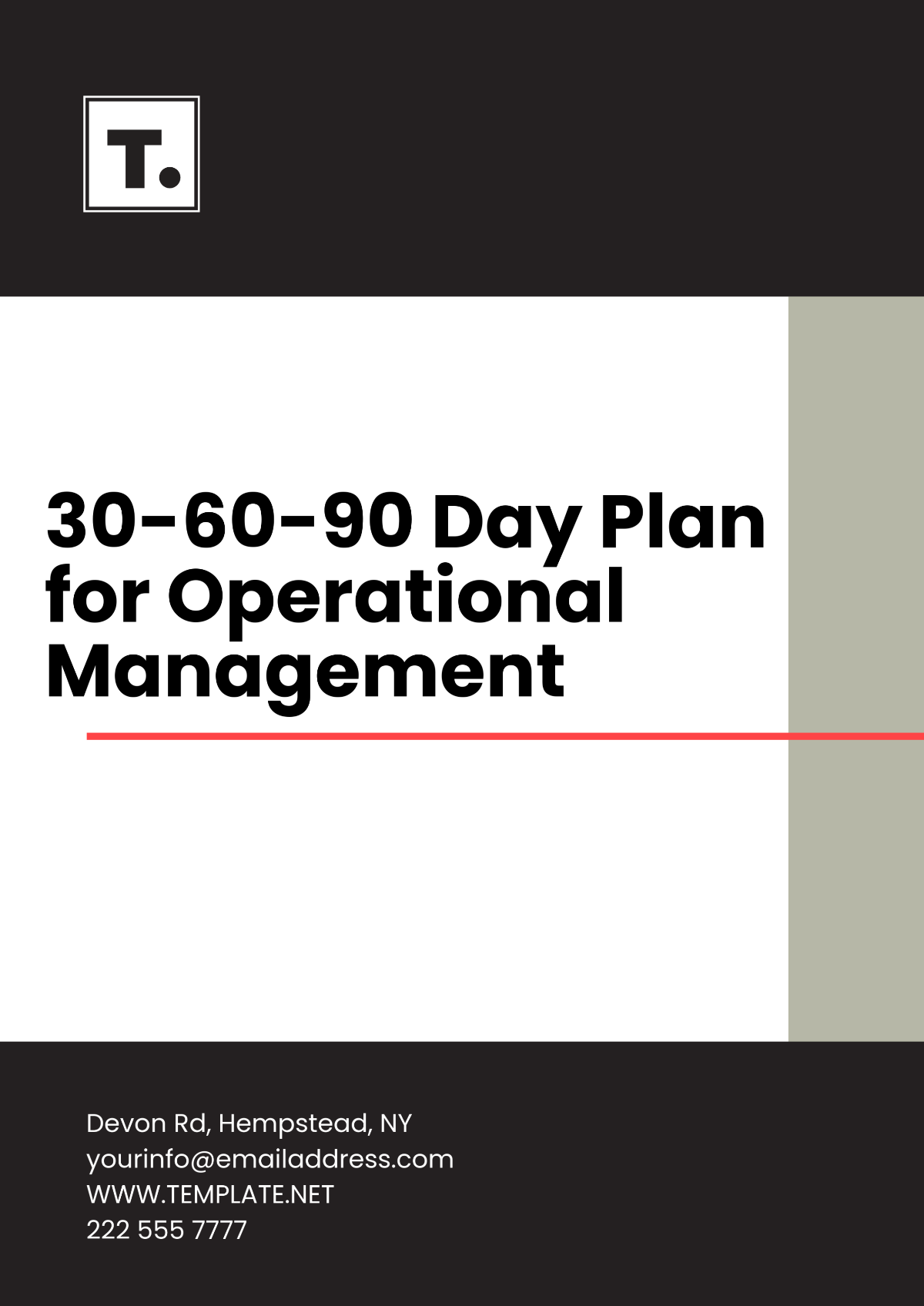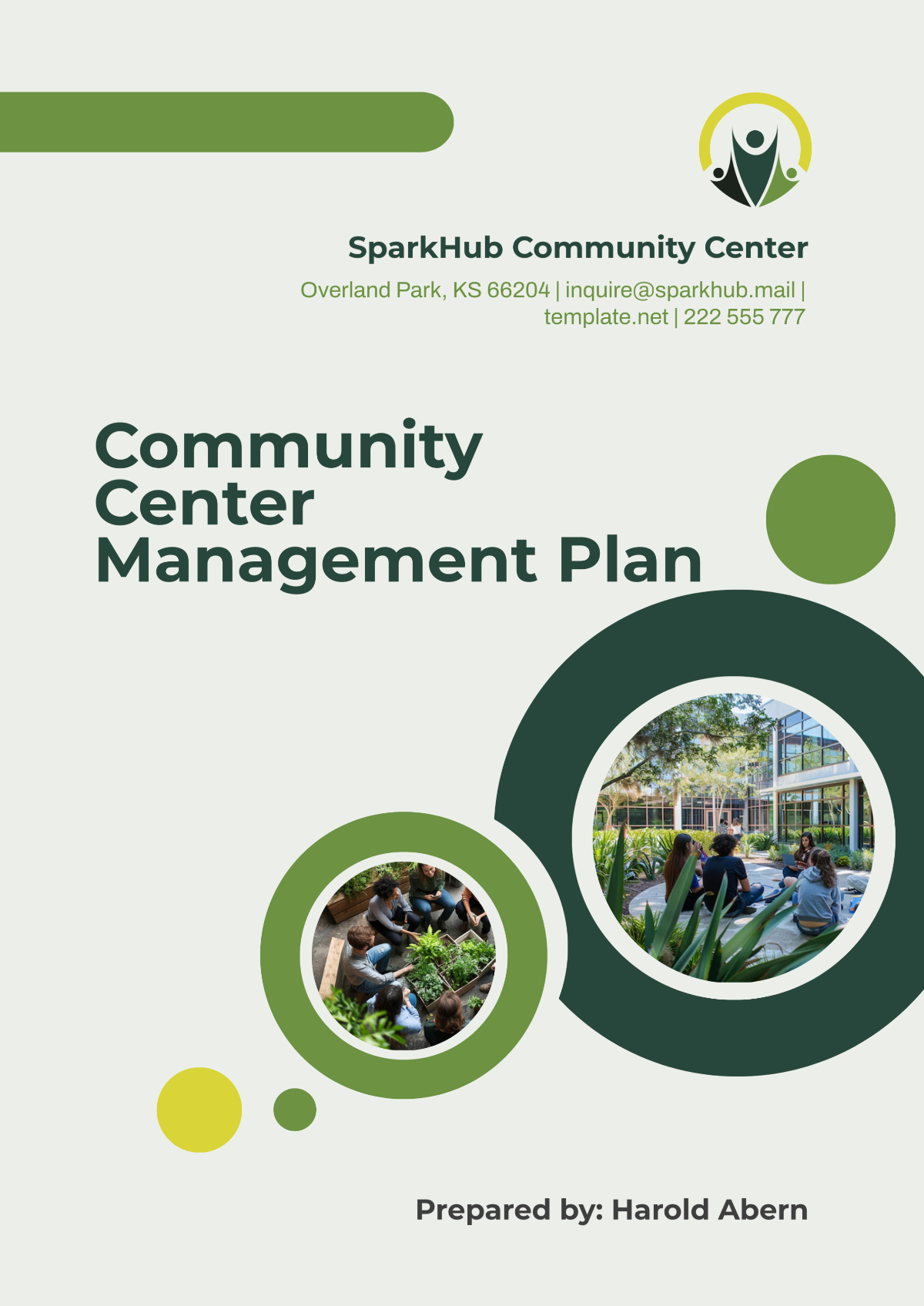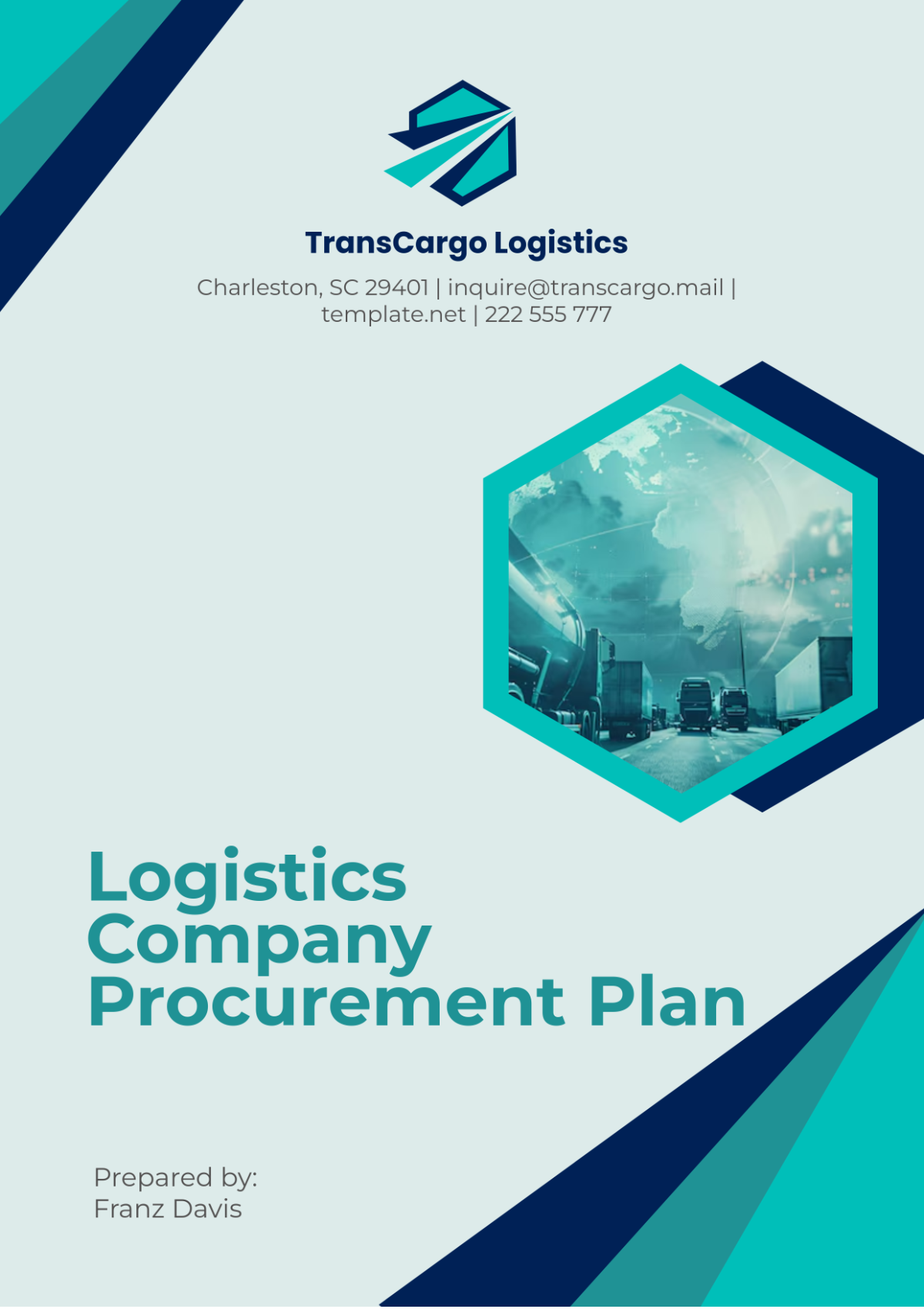Design Operational Plan
I. Executive Summary
This Design Operational Plan sets forth strategies and processes to incorporate design flawlessly into our operations, aiming to boost our design abilities in order to improve market competitiveness and customer satisfaction while ensuring consistency, innovation, and efficiency.
II. Introduction
[Your Company Name] is committed to delivering exceptional design solutions that align with our brand values and meet customer needs. This section provides an overview of our mission, vision, and design objectives.
A. Mission Statement
Our mission is to inspire creativity and innovation through design, enriching experiences, and driving positive change.
B. Vision Statement
We envision a world where thoughtful design enhances every aspect of daily life, sparking joy and inspiration.
C. Design Objectives
Enhance product aesthetics and functionality to exceed customer expectations.
Streamline design processes to improve efficiency and reduce time to market.
Foster creativity and innovation within the design team to stay ahead of industry trends.
III. Design Processes
This section outlines the methodologies, tools, and workflows involved in executing design projects.
A. Design Methodologies
Human-Centered Design: Prioritizing user needs and experiences in the design process.
Agile Design: Iterative approach to design development, allowing for flexibility and rapid prototyping.
Design Thinking: Empathizing with users, defining problems, ideating solutions, prototyping, and testing.
B. Tools and Technologies
Tool/Technology | Purpose |
|---|---|
Adobe Creative Suite | Graphic design, illustration, and multimedia |
Sketch | User interface and experience design (UI/UX) |
Figma | Collaborative design tool for teams |
C. Workflows
Briefing: Gather requirements from stakeholders.
Research: Conduct market research and user interviews.
Conceptualization: Brainstorm design ideas and develop concepts.
Prototyping: Create prototypes for user testing.
Iteration: Refine designs based on feedback.
Finalization: Prepare final designs for implementation.
IV. Resource Allocation
Allocate human, financial, and technological resources to support design initiatives.
A. Human Resources
Design Team: 10 designers, including UI/UX specialists, graphic designers, and industrial designers.
Project Managers: 3 project managers overseeing design projects.
B. Financial Resources
Design Budget: $500,000 allocated for design projects in FY 2050.
C. Technological Resources
Design Software Licenses: Adobe Creative Suite ($10,000), Sketch ($5,000), Figma ($7,000).
Hardware: Upgrade workstations with the latest specifications ($50,000).
V. Timeline and Milestones
This section provides a timeline outlining key milestones and deadlines for different phases of design projects.
Q1 2050: Project Kickoff and Briefing
Q2 2050: Research and Conceptualization
Q3 2050: Prototyping and Iteration
Q4 2050: Finalization and Implementation
VI. Risk Management
Identify potential risks and mitigation strategies to ensure the smooth execution of design activities.
Risk: Budget constraints
Mitigation: Prioritize projects based on ROI and resource availability.
Risk: Scope creep
Mitigation: Clearly define project scope and obtain stakeholder approval.
VII. Measurement and Evaluation
Define metrics and KPIs to assess the effectiveness and impact of design efforts.
Metrics: Customer satisfaction score (CSAT)
KPIs: Number of design projects completed on time and within budget
VIII. Financial Projections
This table provides financial projections for design initiatives at [Your Company Name].
Year | Revenue from Design Projects ($) | Design Budget Allocation ($) |
|---|---|---|
2050 | $1,000,000 | $500,000 |
2051 | $1,200,000 | $550,000 |
IX. SWOT Analysis
Assess the strengths, weaknesses, opportunities, and threats related to design operations.
Strengths | Weaknesses |
|---|---|
- Strong design team | - Limited budget |
- Innovative design processes | - Lack of in-house expertise in emerging technologies |
Opportunities | Threats |
|---|---|
- Growing demand for design services | - Increased competition from new entrants |
- Expansion into new markets | - Economic downturn affecting client budgets |
